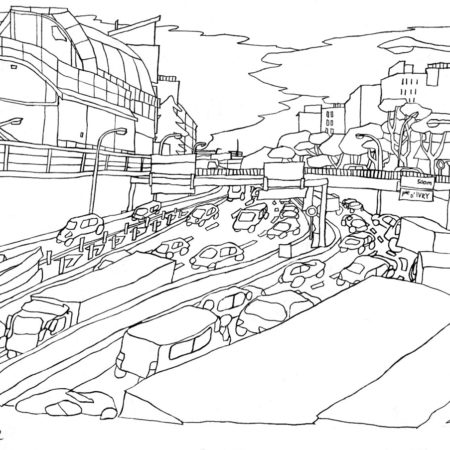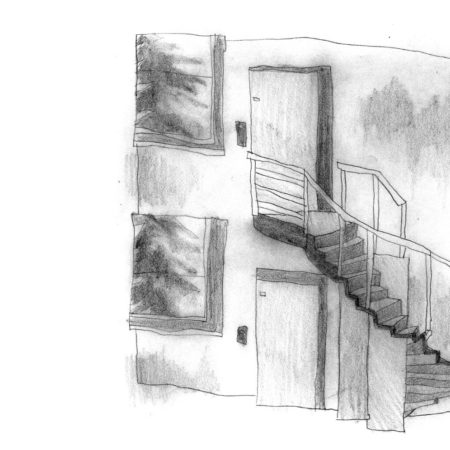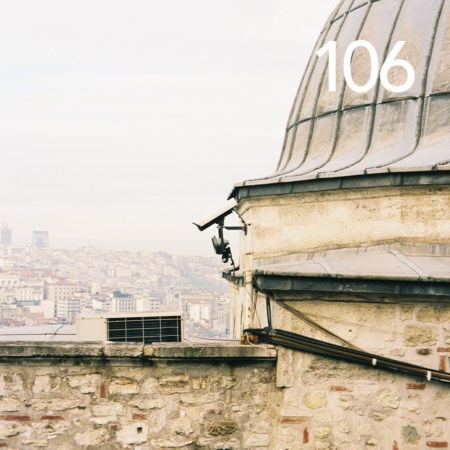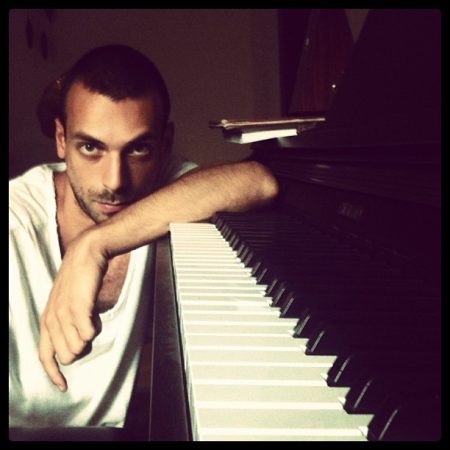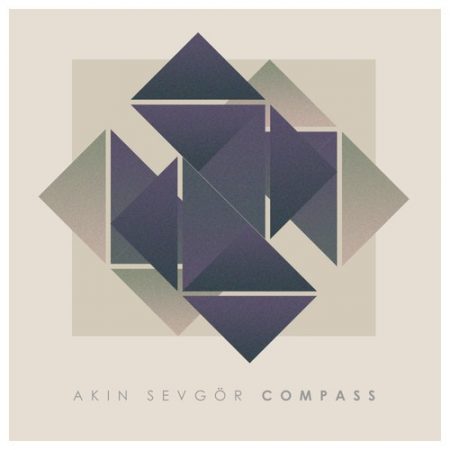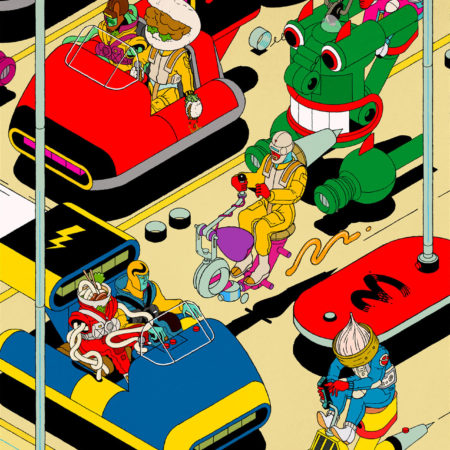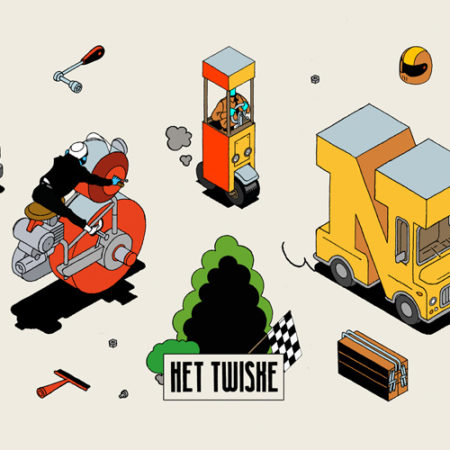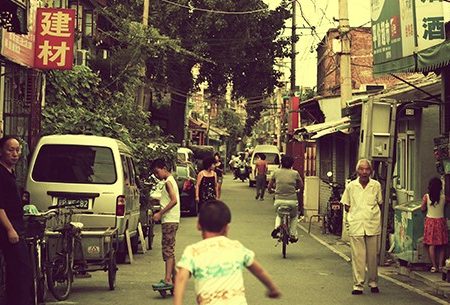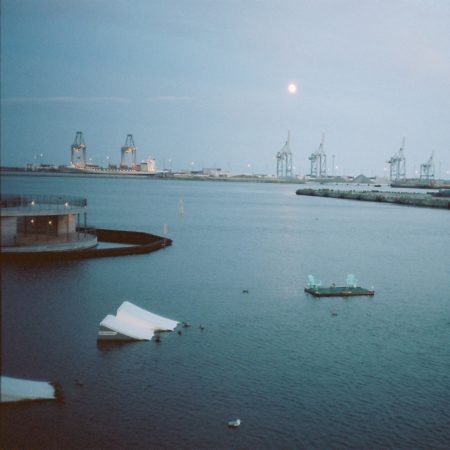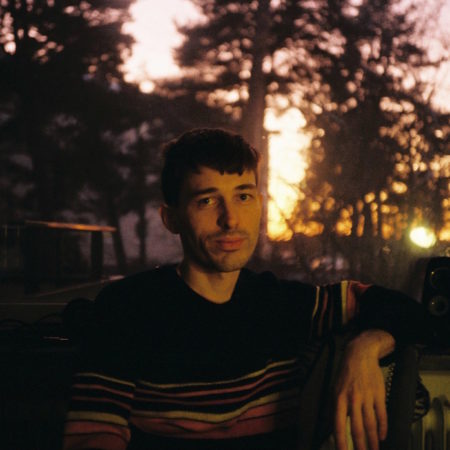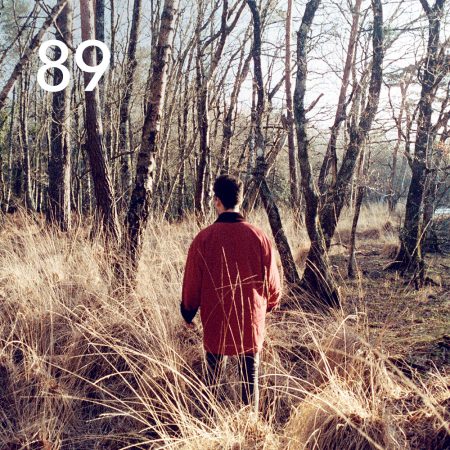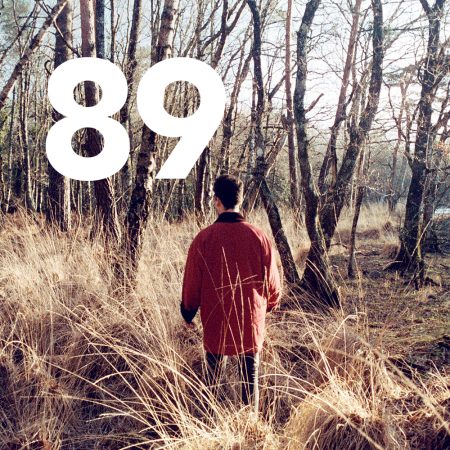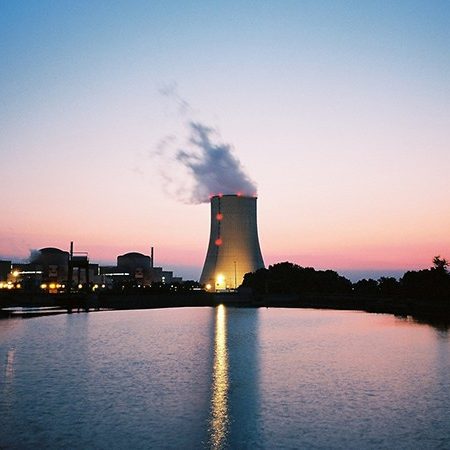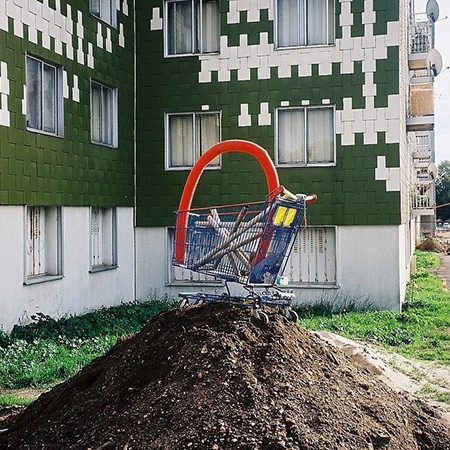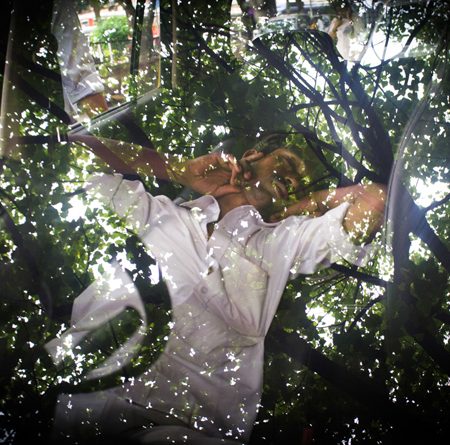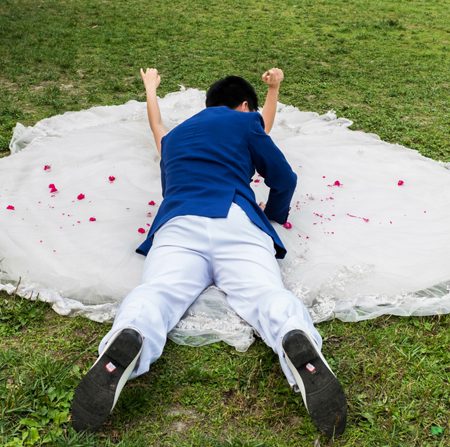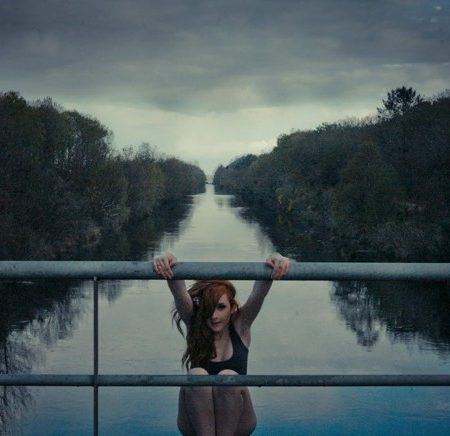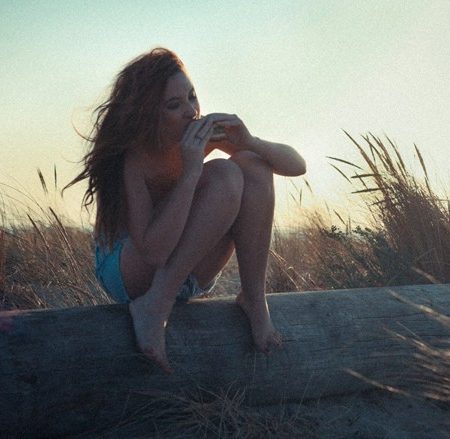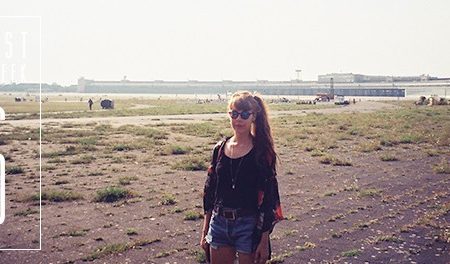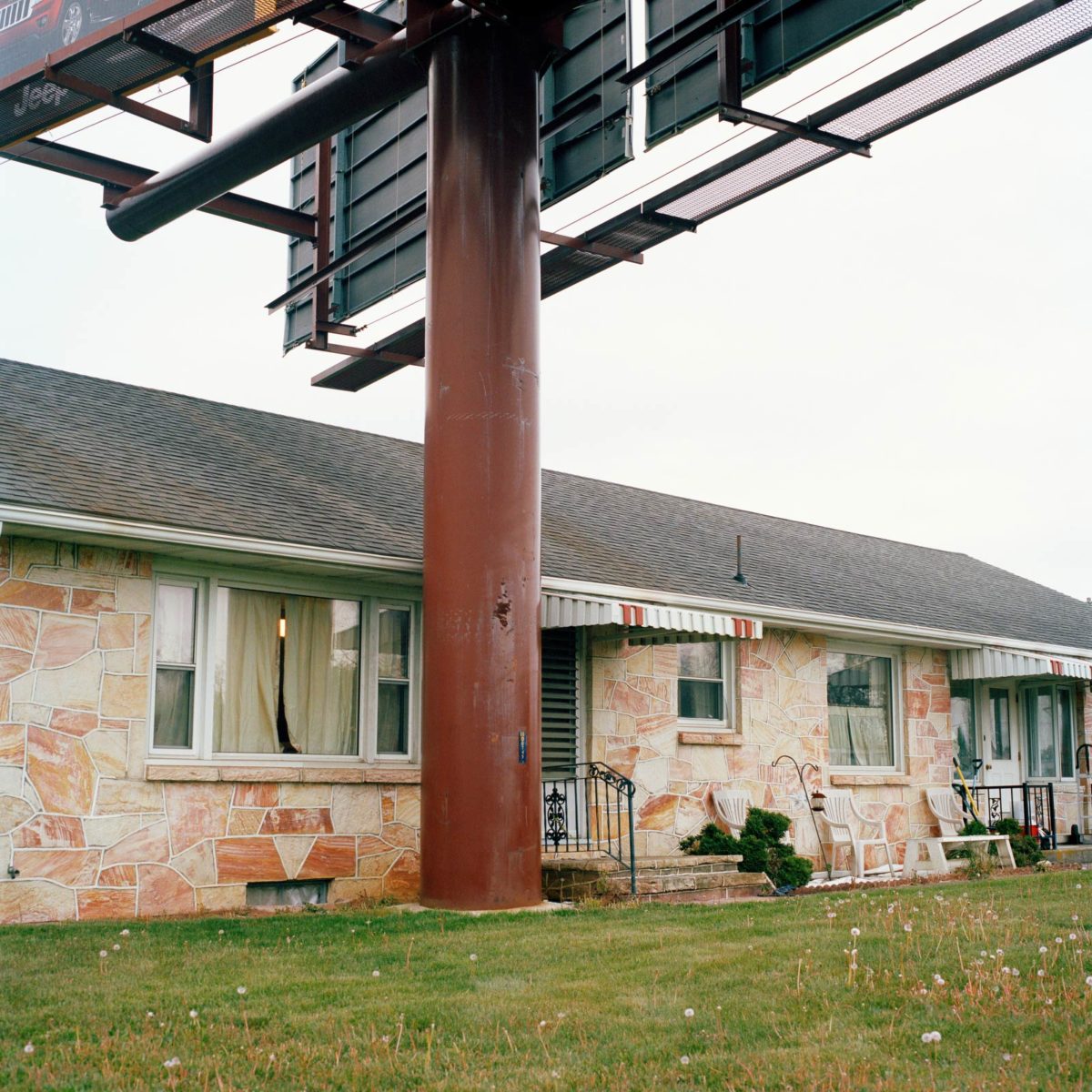
It’s interesting how people project back onto these scenes, between finding them funny or sad or strange and surreal.
Ross Mantle
PHOTO . May 11th, 2021Hello Ross, who are you?
I live in Pittsburgh and work as a photographer, teach at Carnegie Mellon, publish books with Sleeper Studio. I ride bikes, I enjoy walking and cooking and overly packed stores, wandering in the woods or going to see the river with my dog. It’s important that these different parts of my practice and life work together and occasionally find a balance.
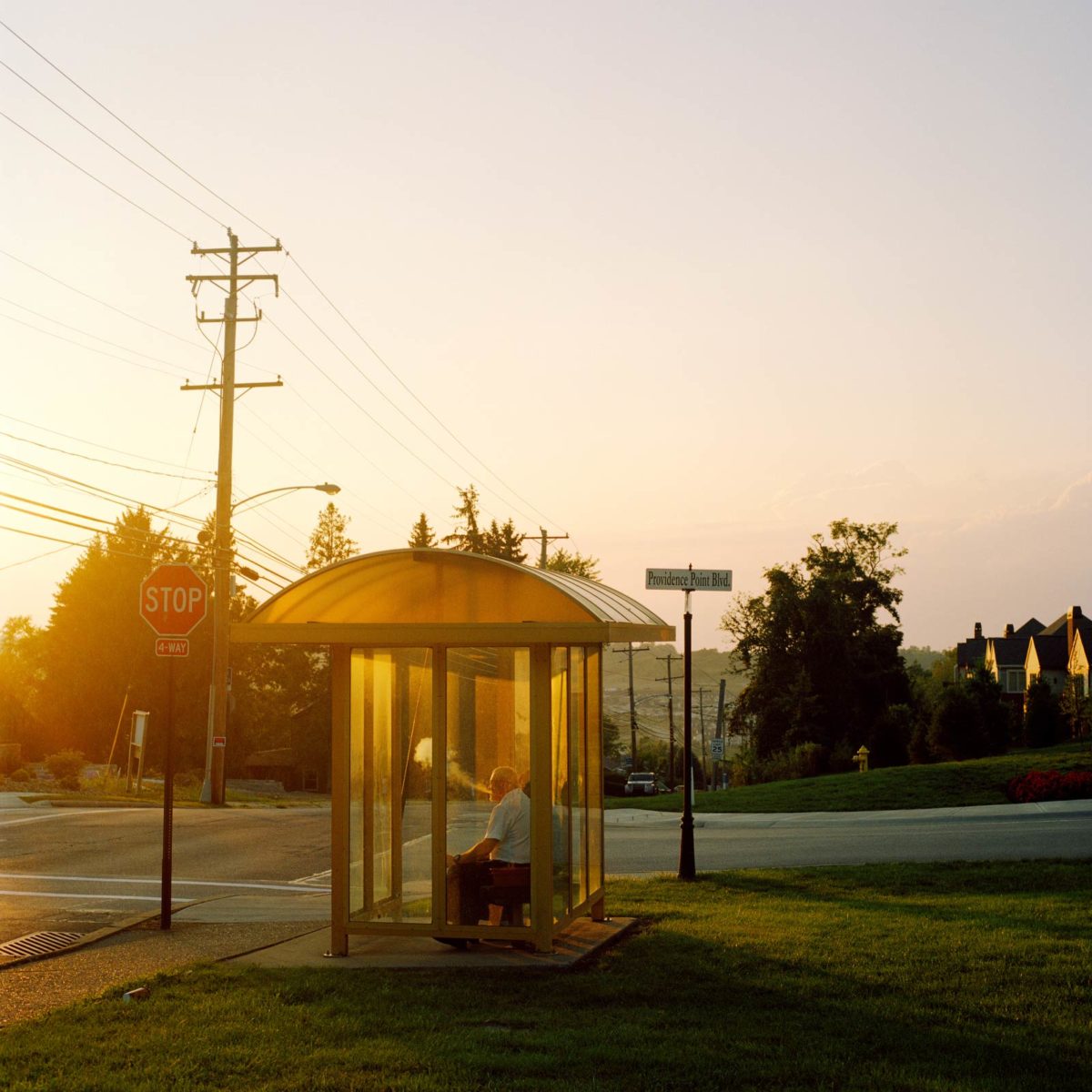
Do you know what you’re looking for when you wander around with your camera?
Sometimes I do, when I’m actively working on a project I do a lot of prep work—research, reading, and travel planning, routes, locations, etc. There’s a lot left to chance and happenstance but in these instances I have a sense of what I’m looking for and hoping to achieve with the work. Before I start a new project though I often wander a little more freely looking to see what patterns begin to emerge and if there’s any semblance to the images over time. Sometimes this will lead to new work or a new thought.
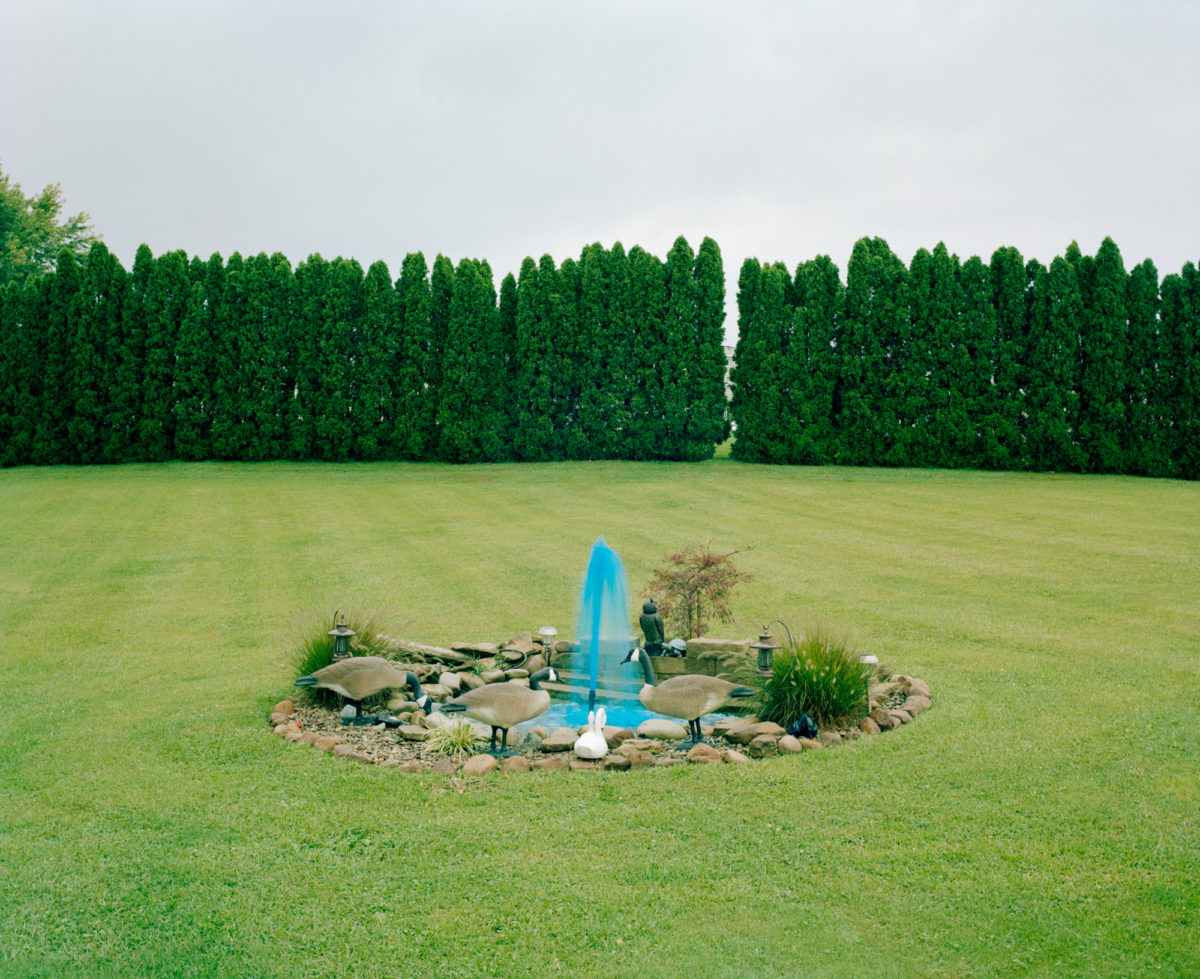
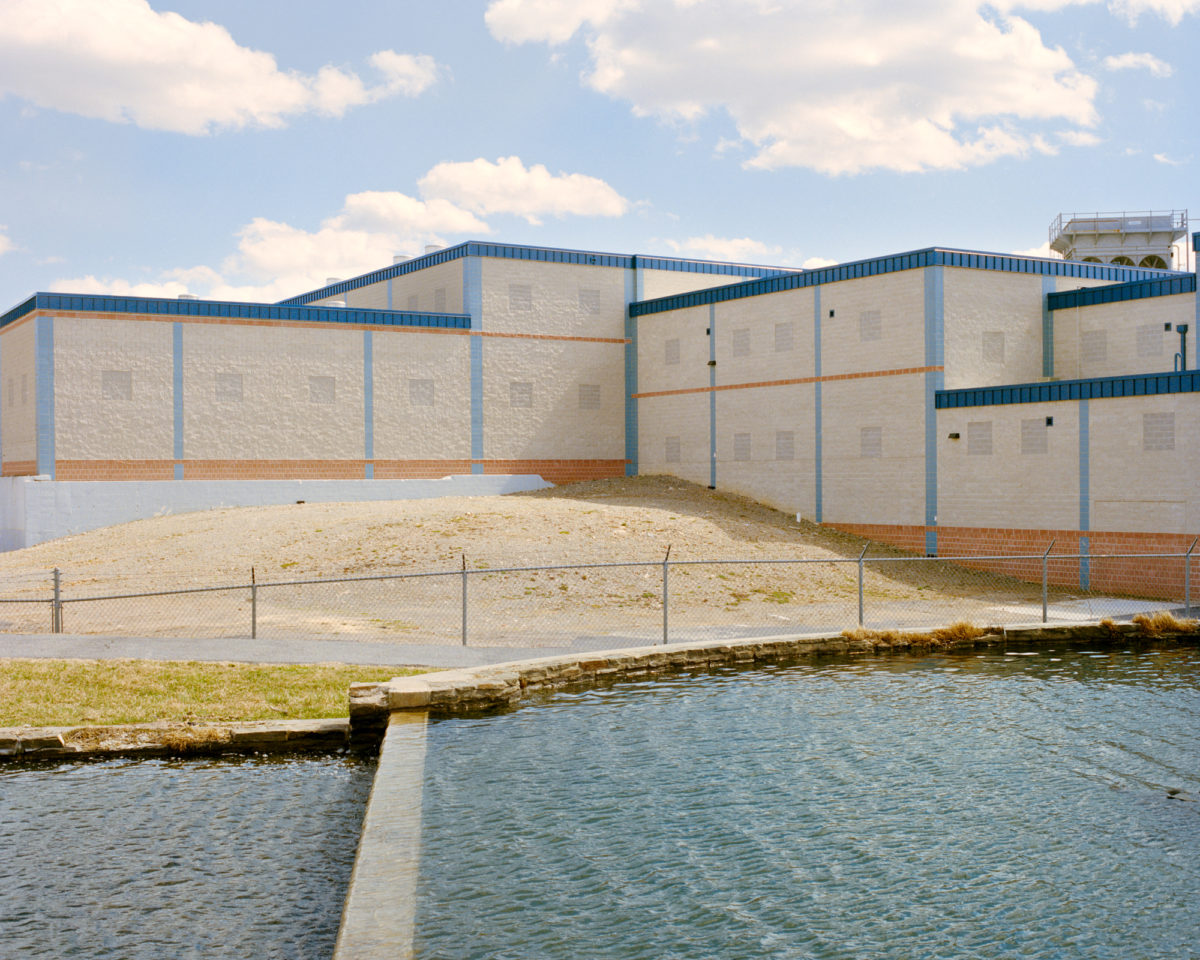
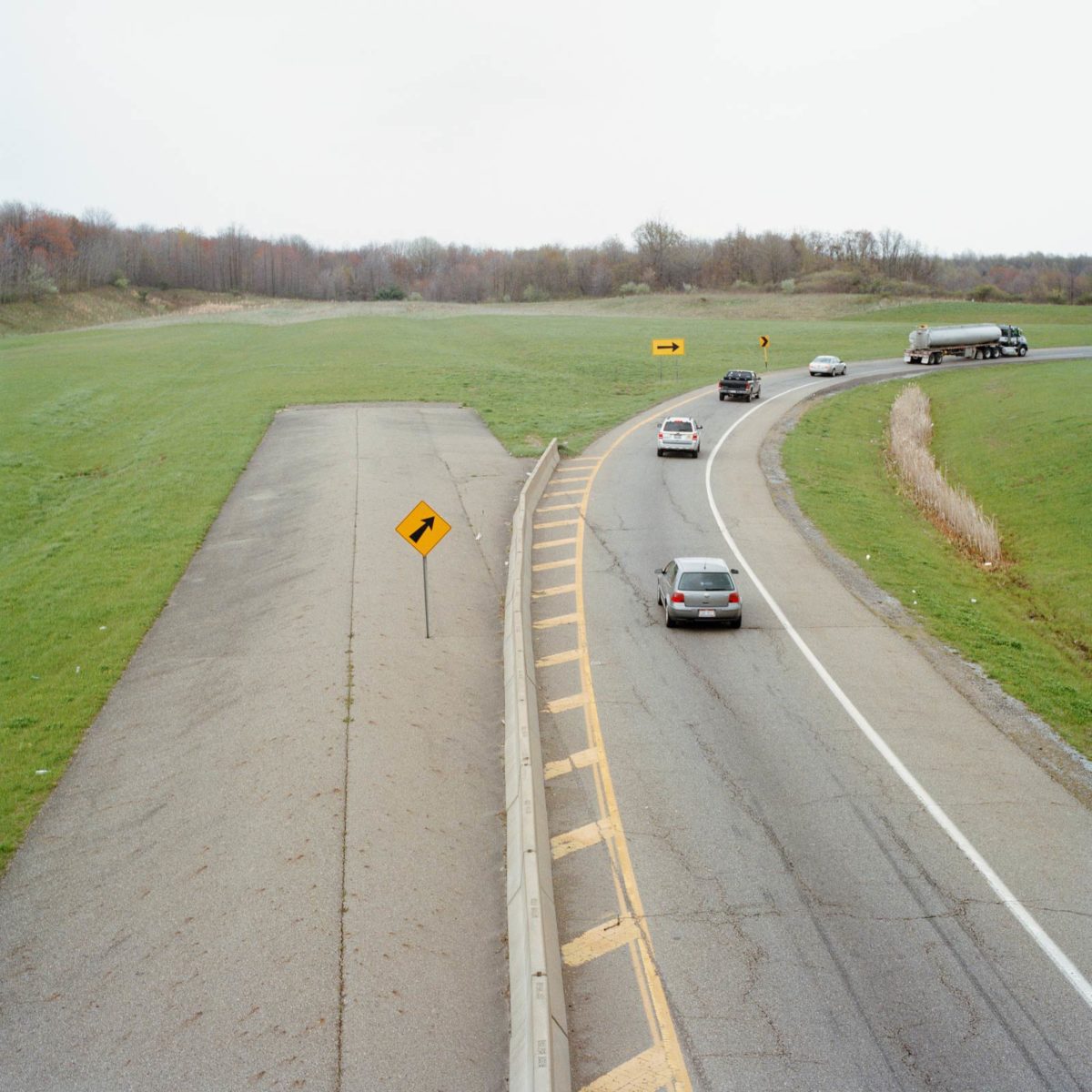
You seem to be fascinated by surrealist, absurd sceneries. How would you describe them?
I think they encapsulate a lot of what I find interesting about the world and how it’s constructed over time. When working well, these kinds of photos bring together absurdity, alienation, and wonder. The interpretation is open though, it’s interesting how people project back onto these scenes, between finding them funny or sad or strange and surreal.
When are you satisfied with a picture?
This changes over time. Photos take on different meanings in different contexts, so how I sequence an image in a project or use it in a form elsewhere will affect how I’m thinking about the image and judge whether it’s successful or not.
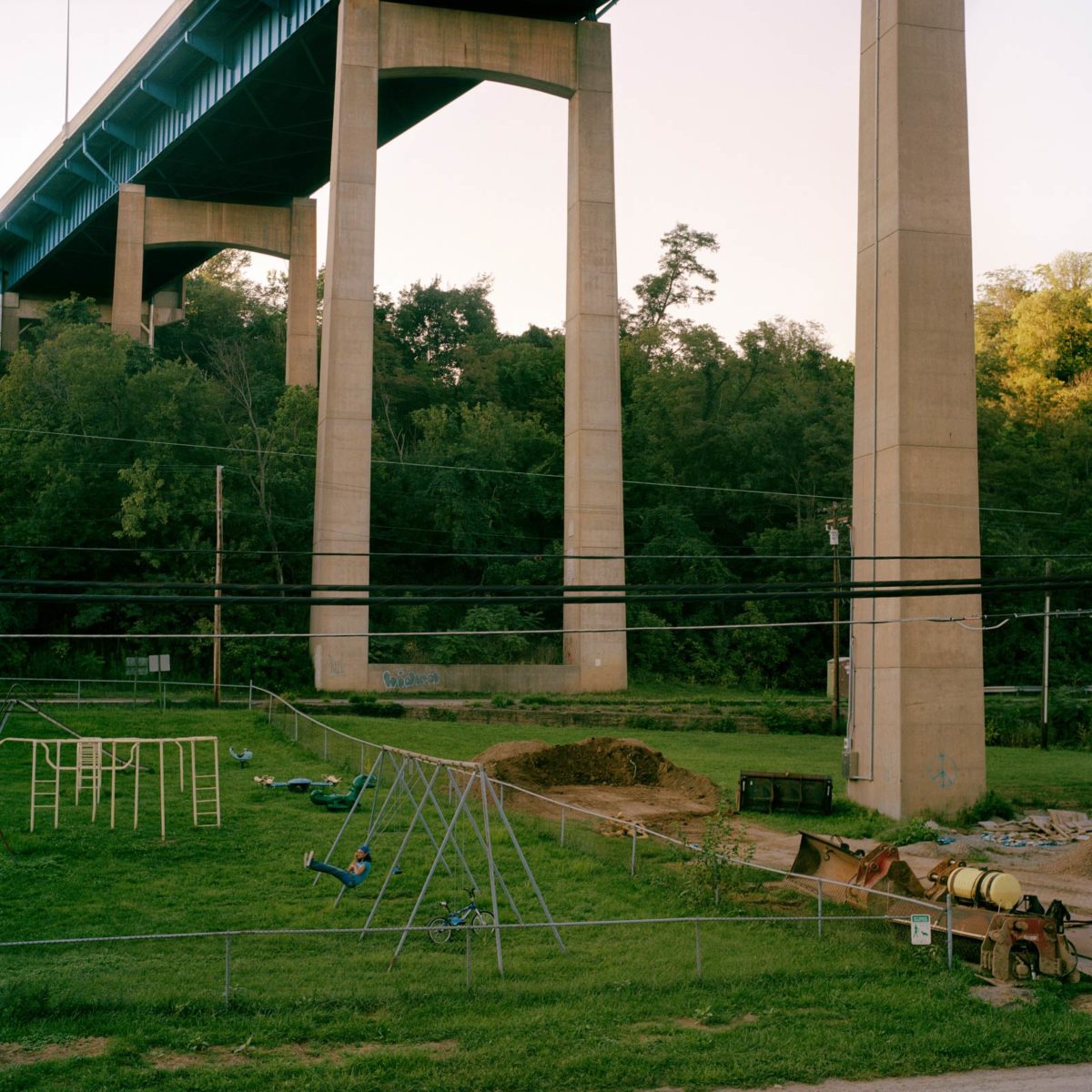
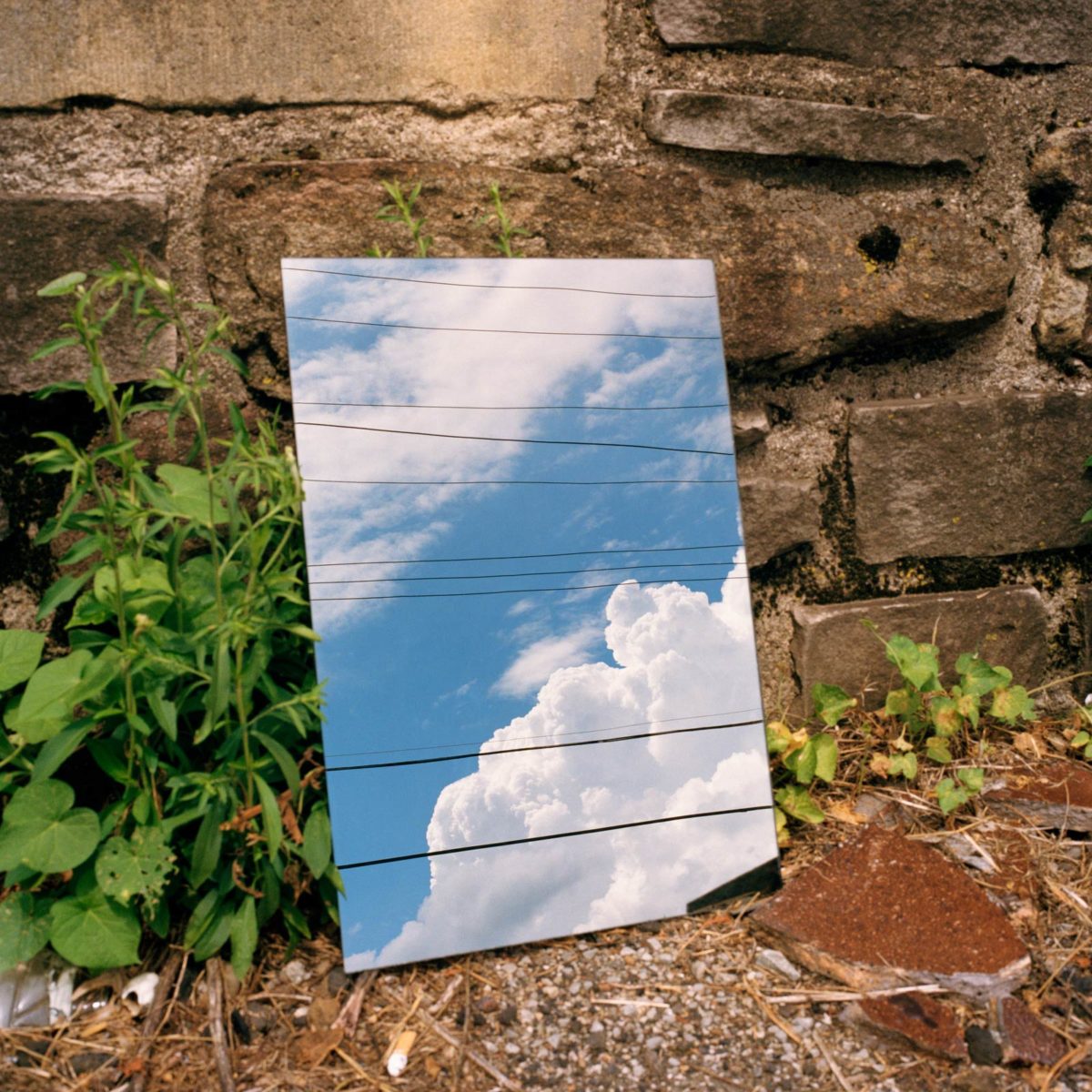
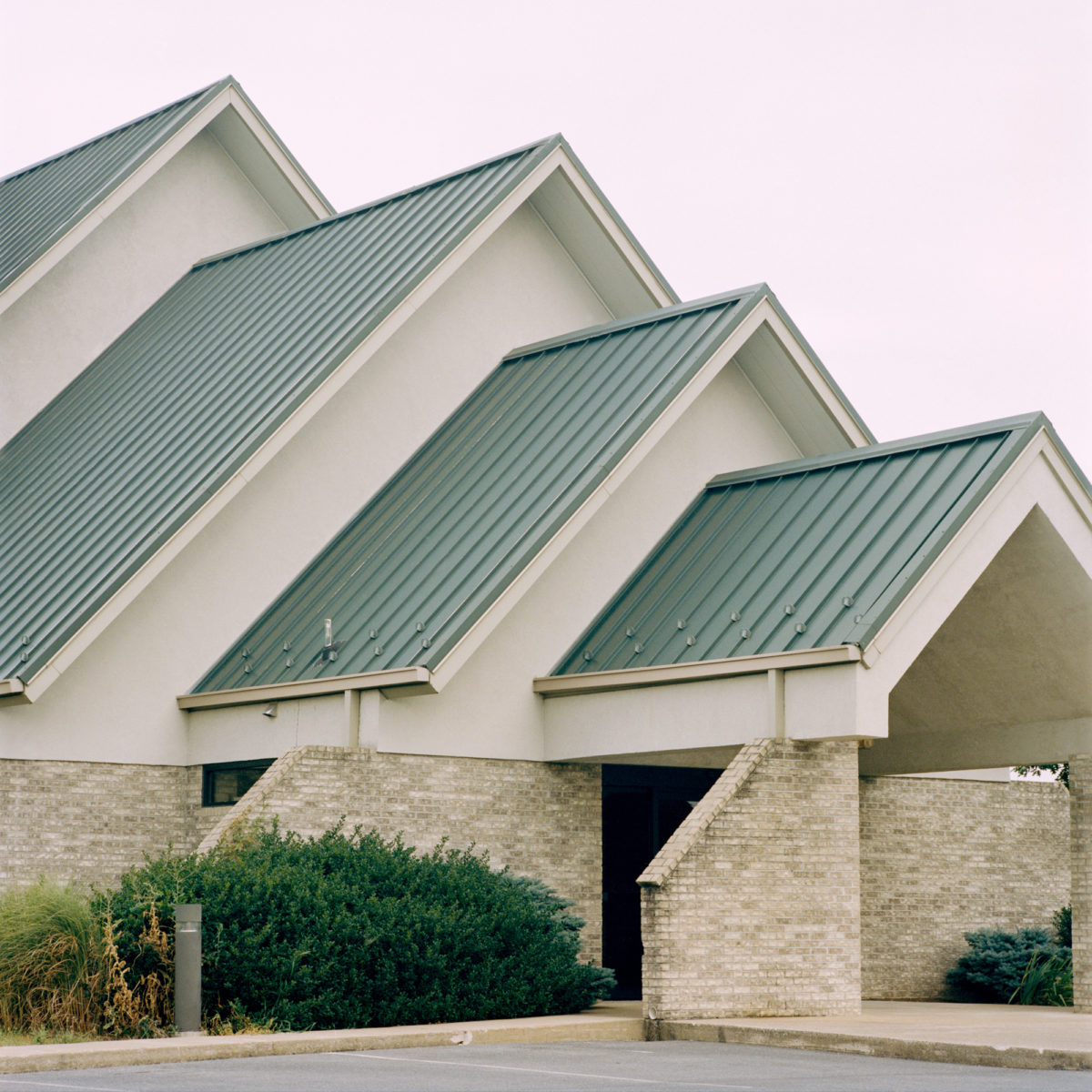
Are you trying to convey a special feeling to the audience with your work?
The photographs that I find to have the most staying power and maintain interest allow a lot of space for projection on behalf of the viewer. I try to make work that isn’t easily resolved or can be read in many ways so the viewer is left with more space to form their own understandings.
Amongst all the pictures you took, which one has had the most significant impact on you?
I don’t think there’s a specific image—this changes all the time depending on what I’m thinking about and the work I’m making. I don’t put a lot of weight on individual photos in my own work. It happens often that I disregard photos only to have other people point out their significance in a project and change my perspective. More often than not though, the images I find most interesting aren’t very good but represent a turning point in my work that signifies a new way of looking that’s beginning to evolve—an approach or aesthetic that I need to pursue further. These photos tend not to last long in edits because I start making better photos stemming from them.
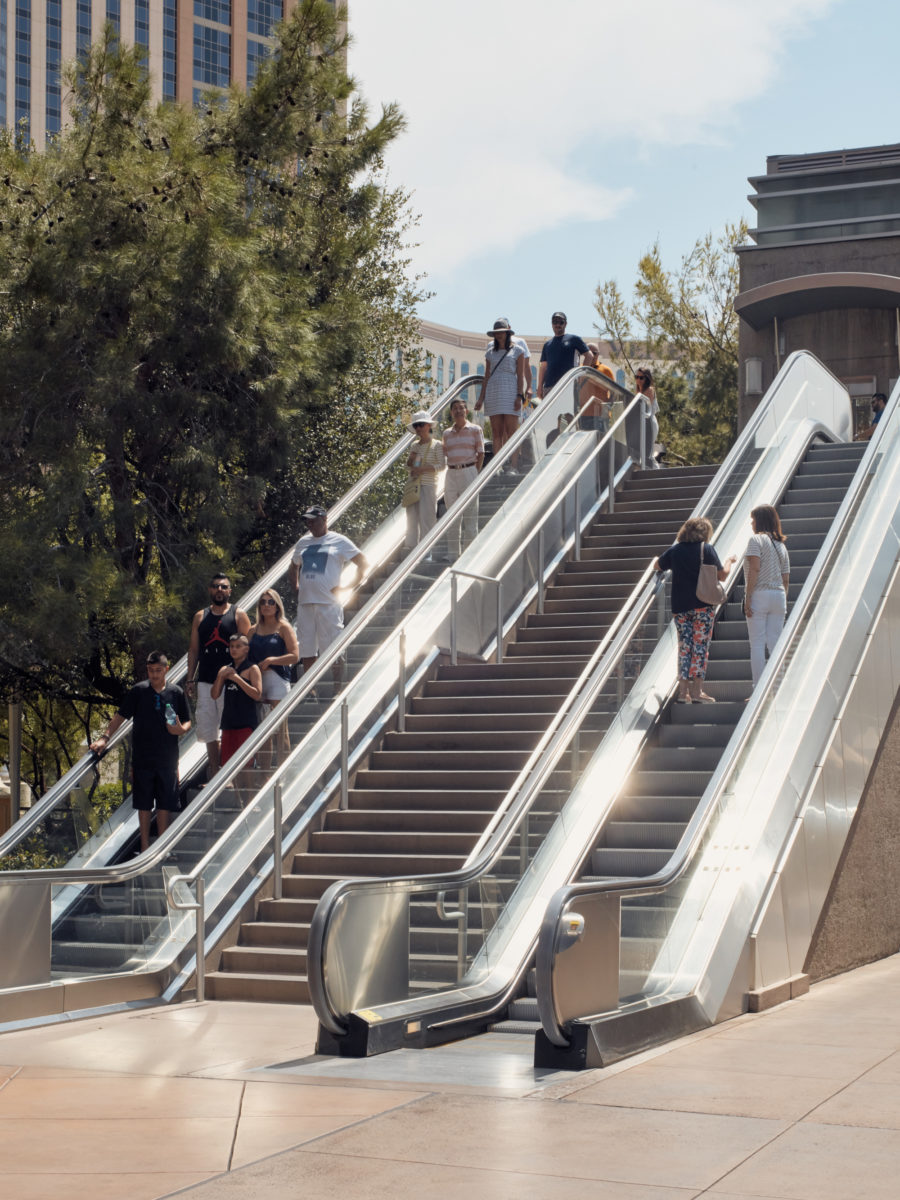
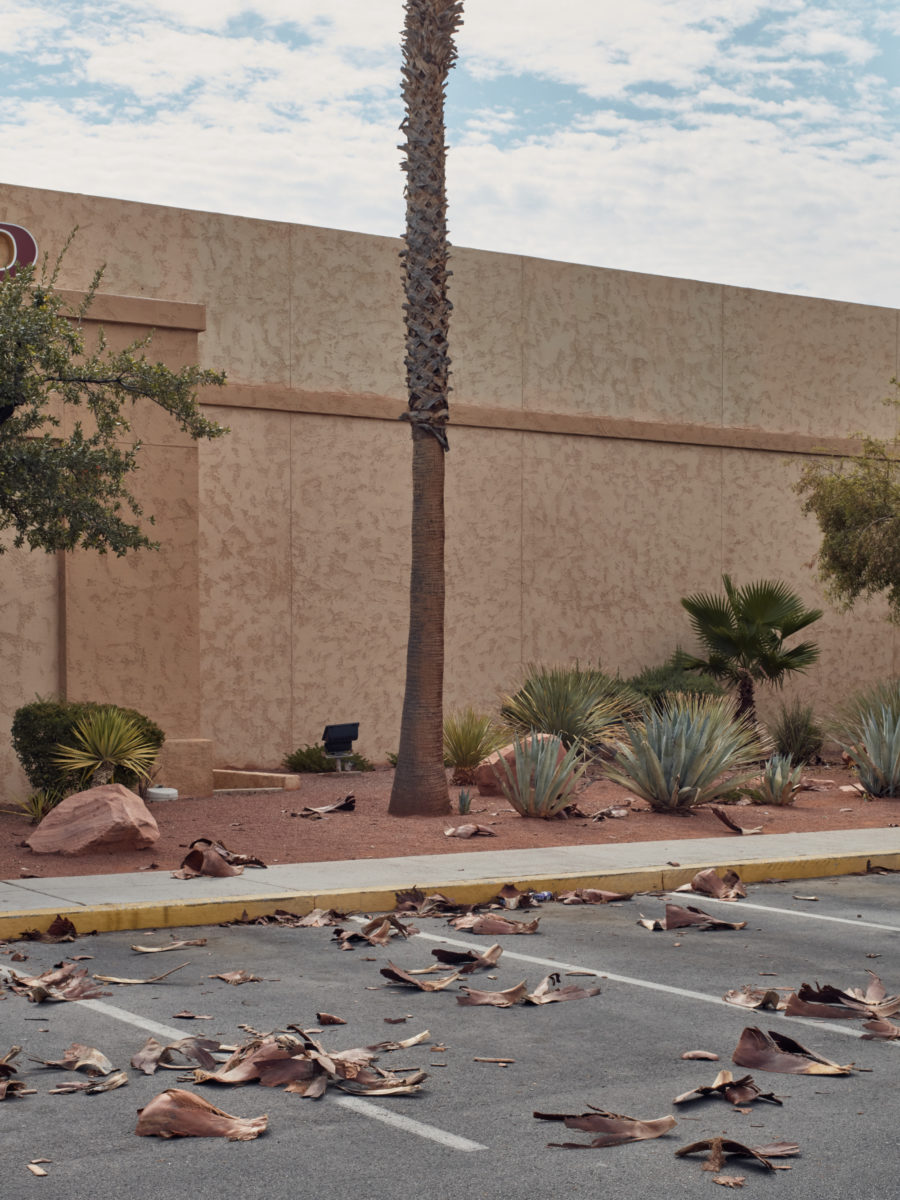
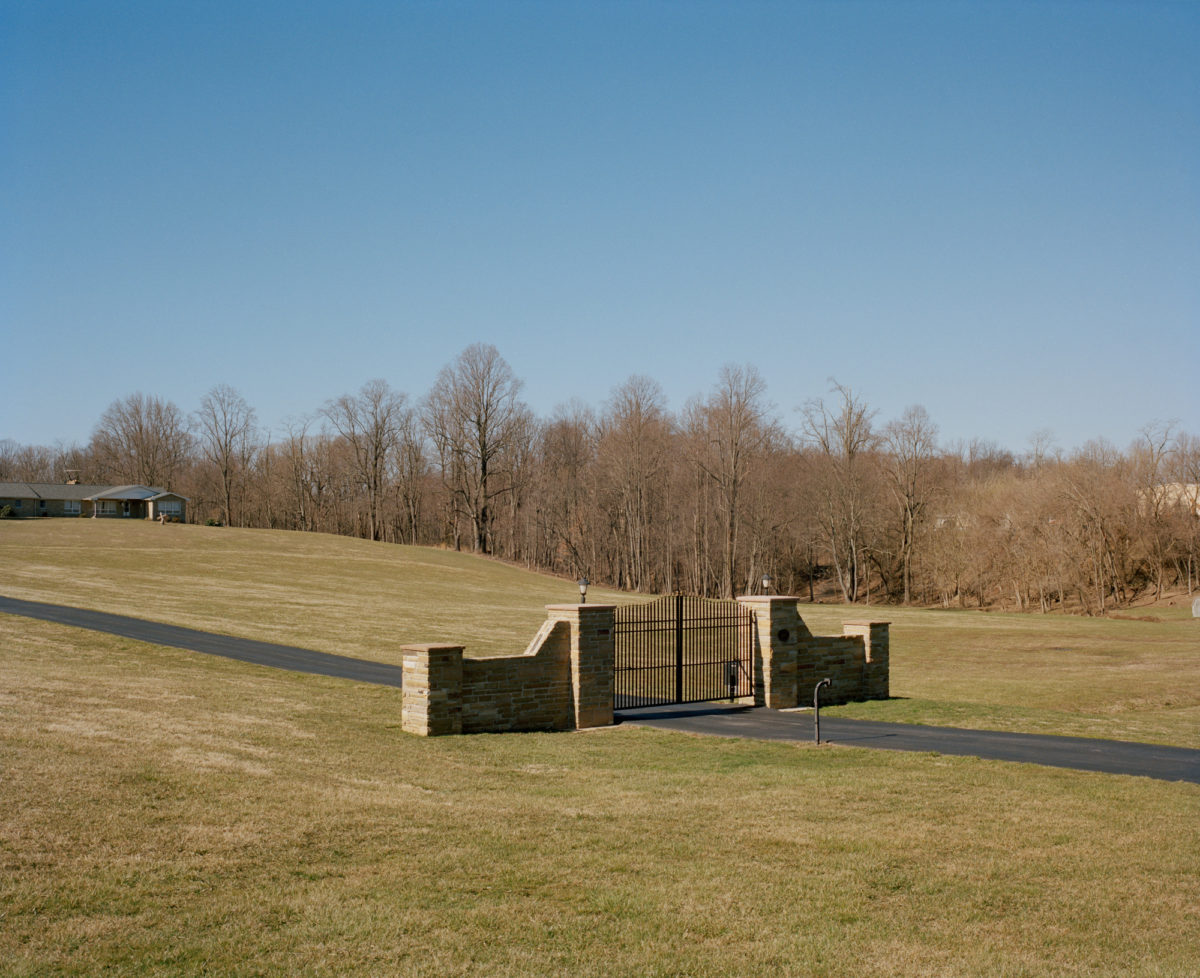
Which commissioned project has been your favorite and why?
No favorites, even though each job has similar aspects, the enjoyment and challenge in each is so different. The best commissions are when the balance between what the client is hiring me for and the work I make for myself find common ground. The collaboration I have with the editor, art director, client, whoever is involved tends to work better and everyone is bringing the best parts of what they do to making the project better since we have an understanding and respect for what one another needs and is contributing.
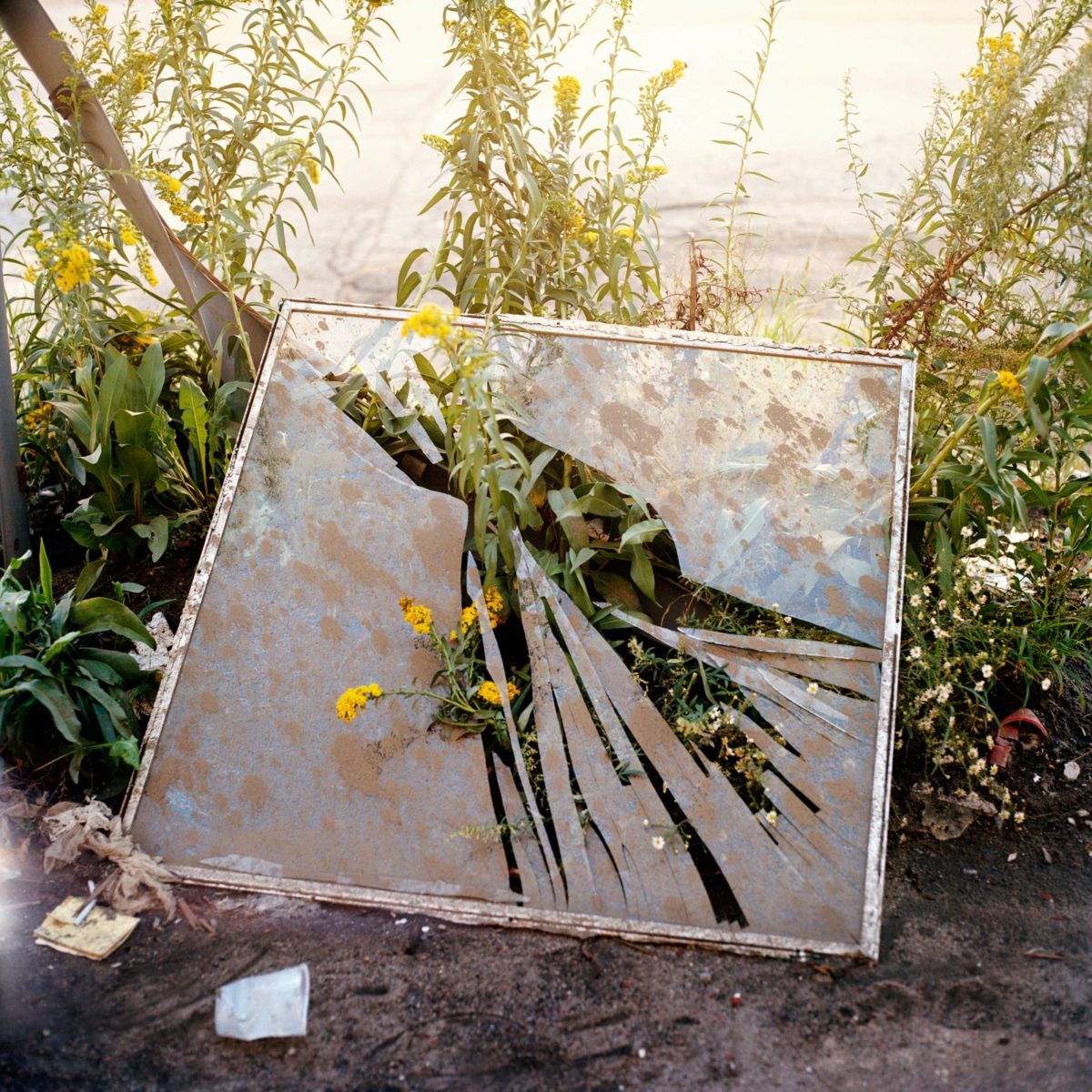
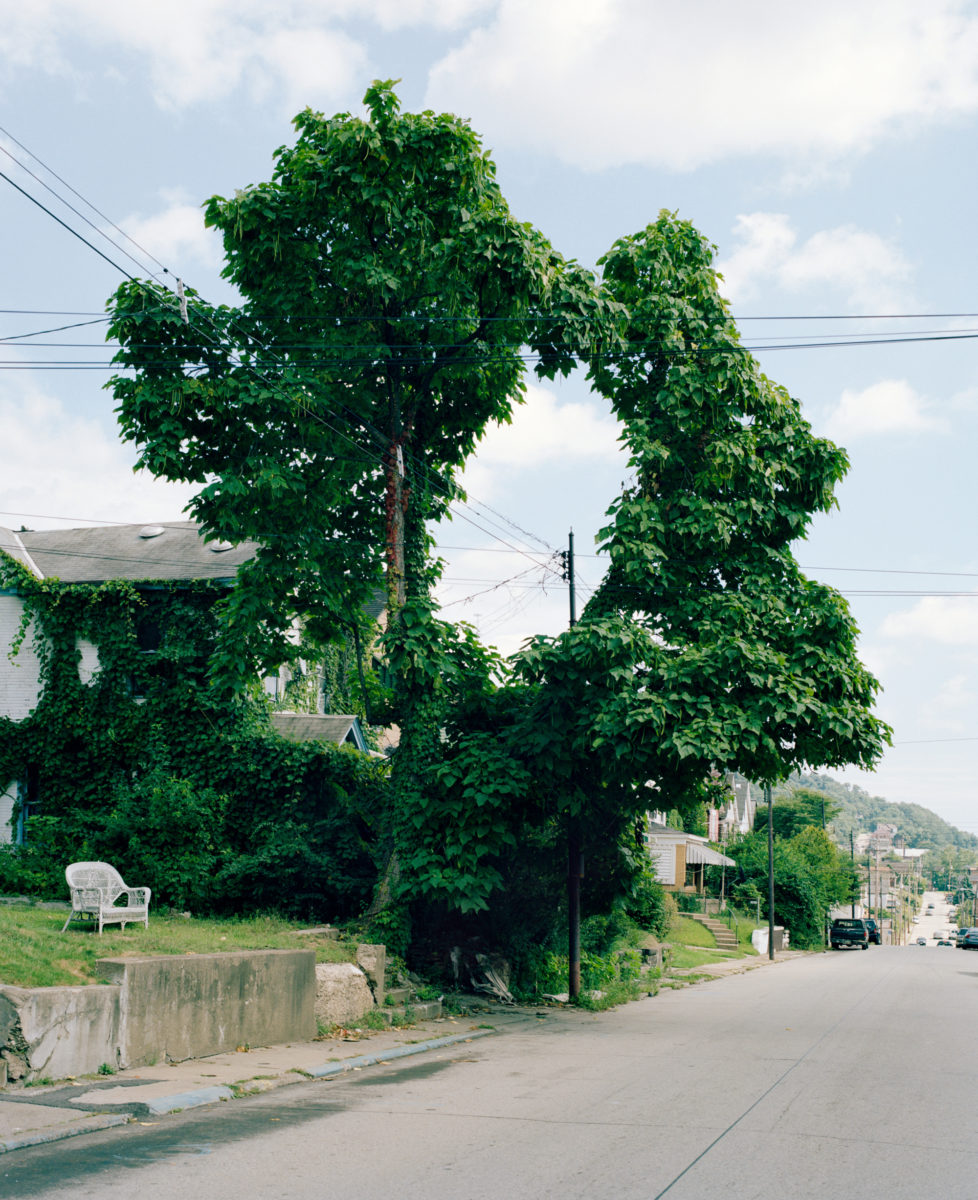
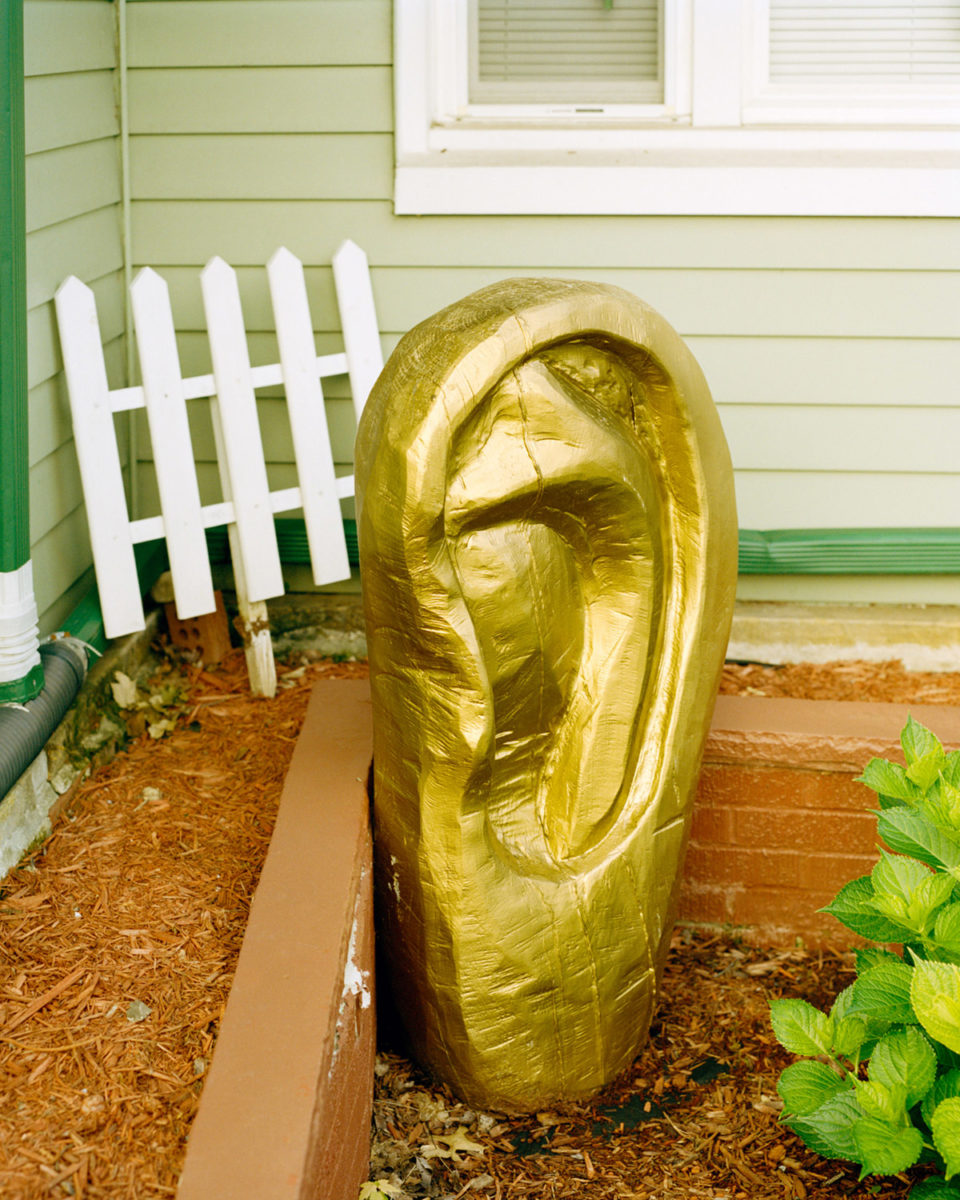
What’s this big ear?
Hahaha, it’s exactly that. It was outside a doctor’s office. It’s a carved wooden ear painted gold. There were some other carved pieces, I think another ear and some animals.
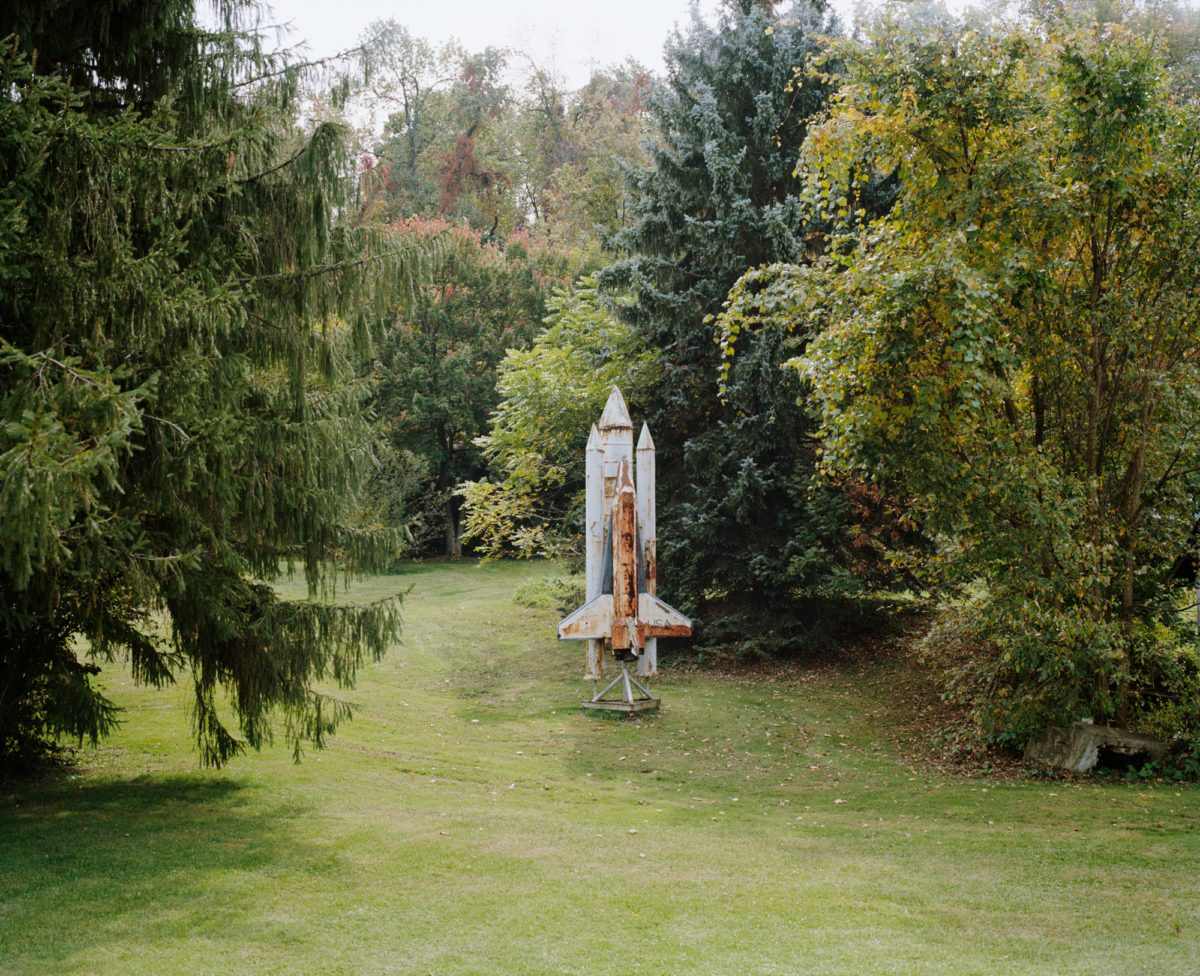
Where did you find this spaceship?
It was on the side of the road in someone’s yard or field. It was along a primary road about an hour or so south of where I live. I drove by it again recently and was looking for it but didn’t see it. I’m not certain that it’s gone though, it has been there for so long.
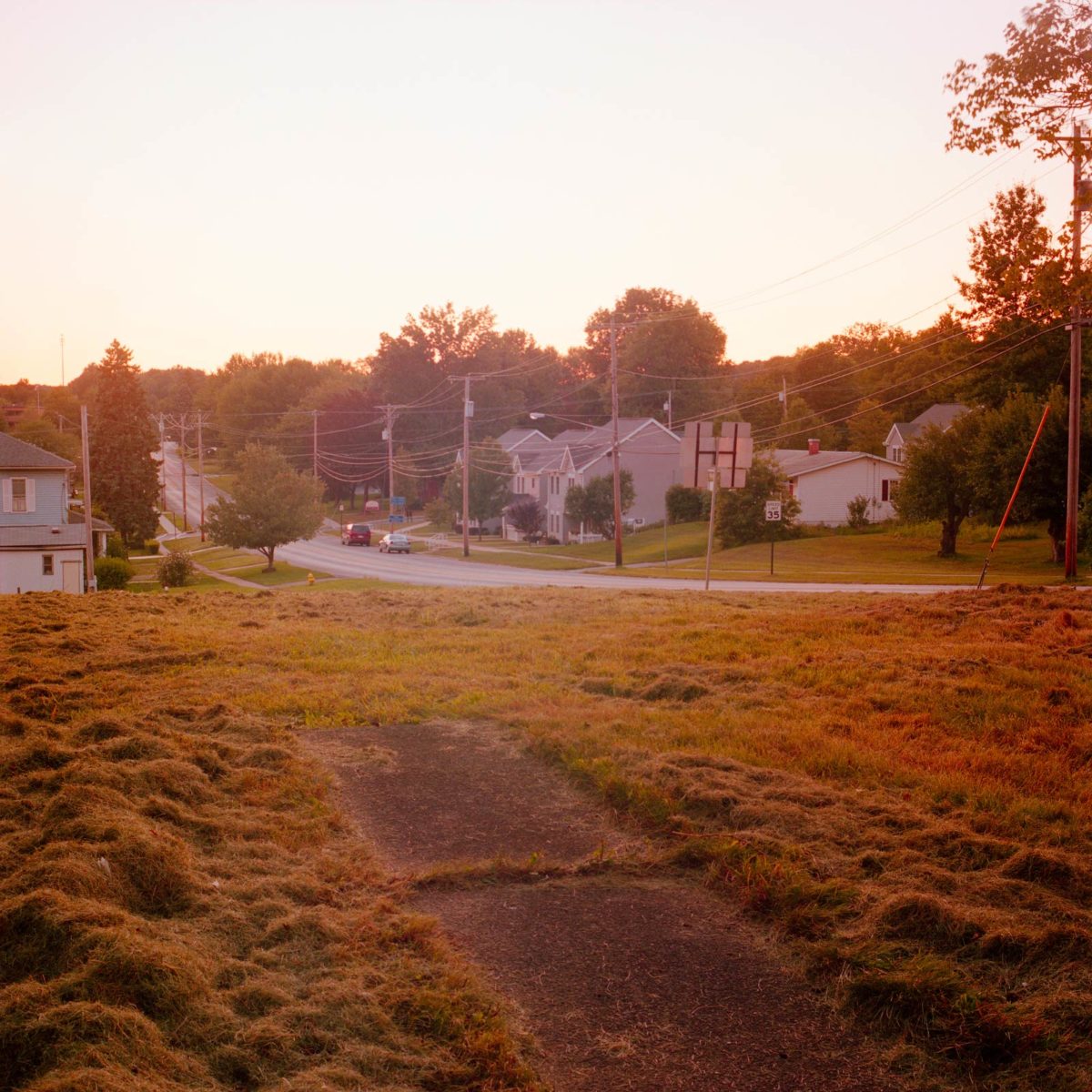
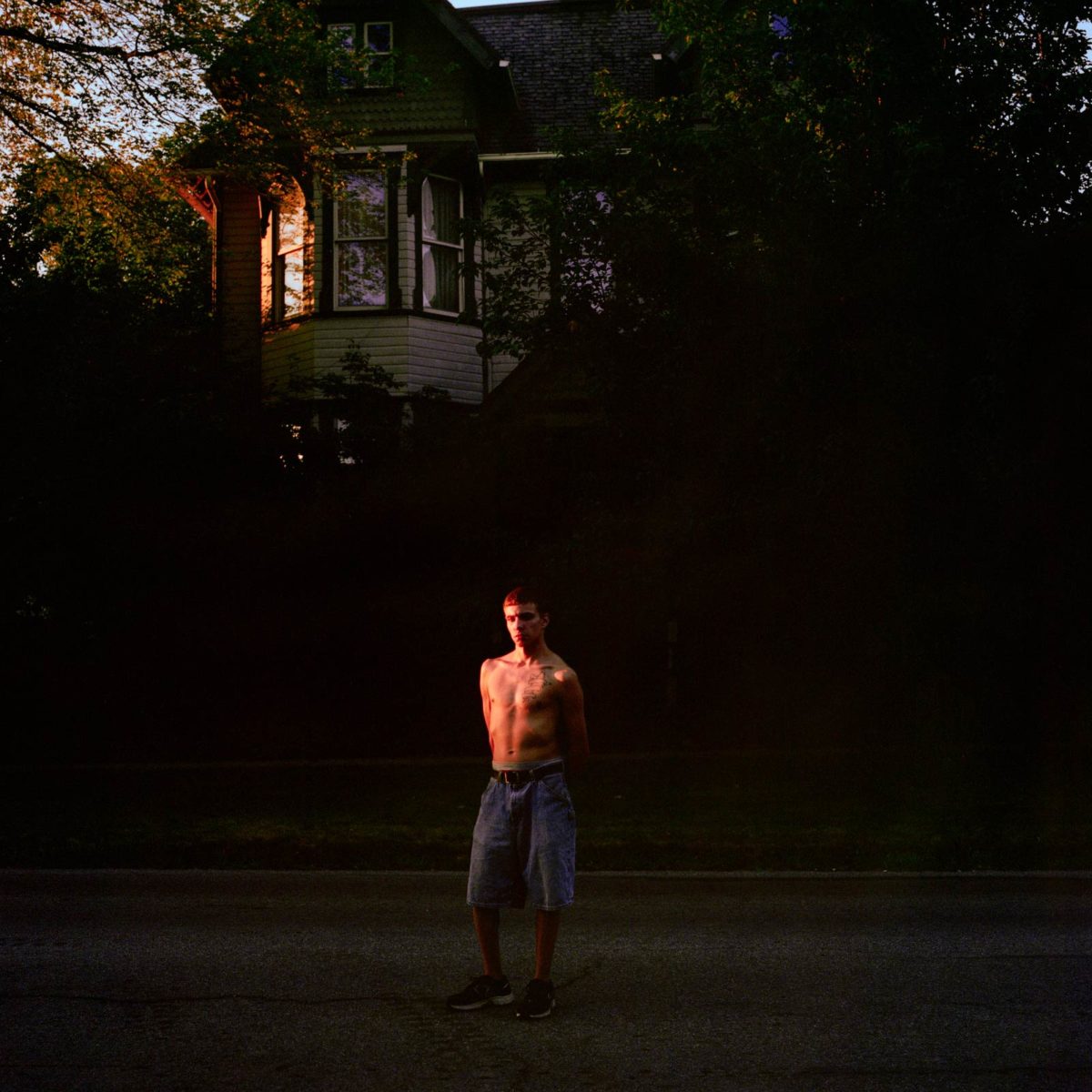
What’s the story behind this image above ?
This was for a project commissioned by The FADER magazine for their issue dedicated to Trent Reznor of Nine Inch Nails. I photographed his home town, Mercer, PA. He left after high school but he’s still an important part of the town’s history being such a notable artist. I photographed around the town for a couple days, visited his former high school, the music department there. Talked to some residents.
A lot of people had stories—their aunt knew him, they know a relative of his, they thought they knew where he grew up. The project was landscape and environment driven, but I tried making portraits of younger people who might not fit the expectations of a small town—kids that were a little aimless, lingering outside the gas station, or walking around with headphones, wearing metal band shirts.
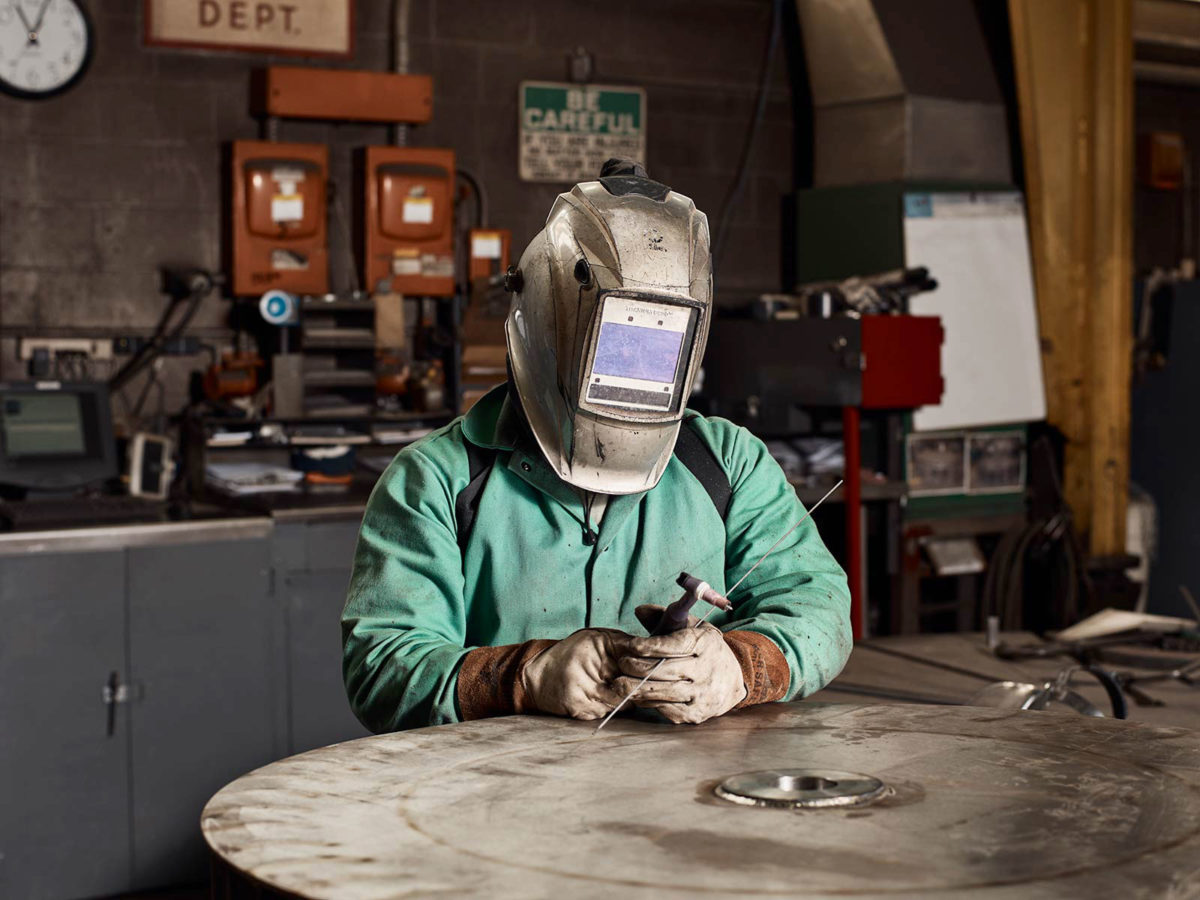
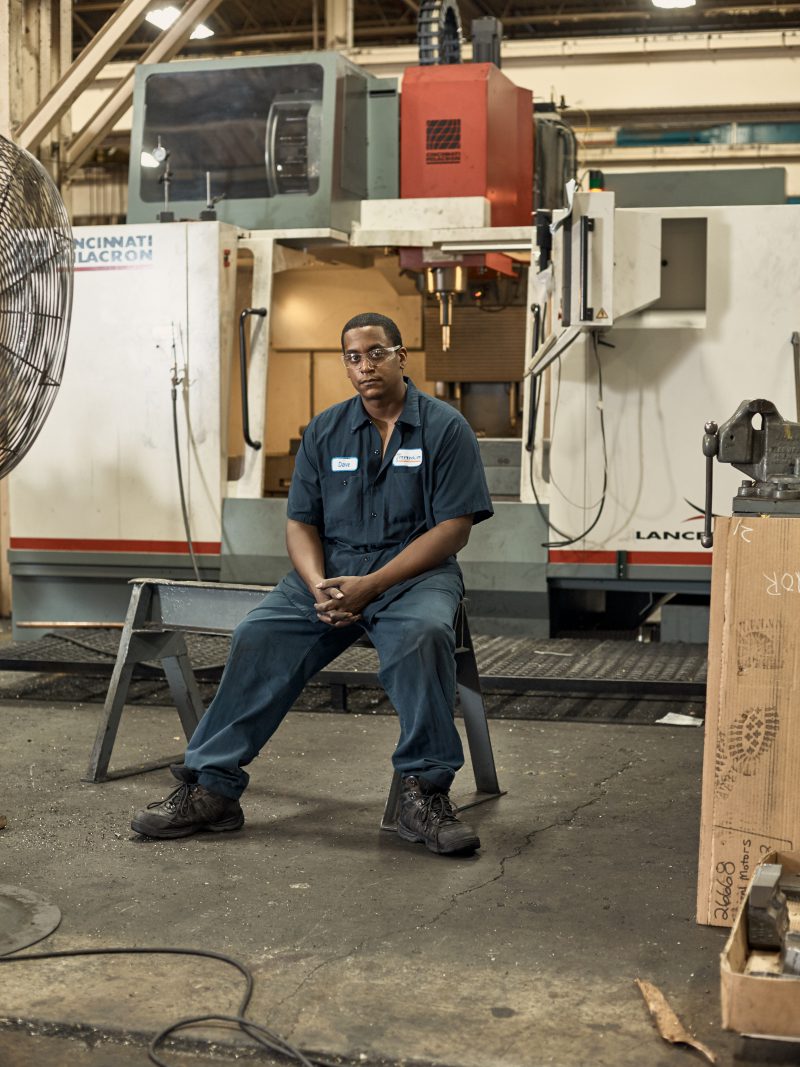
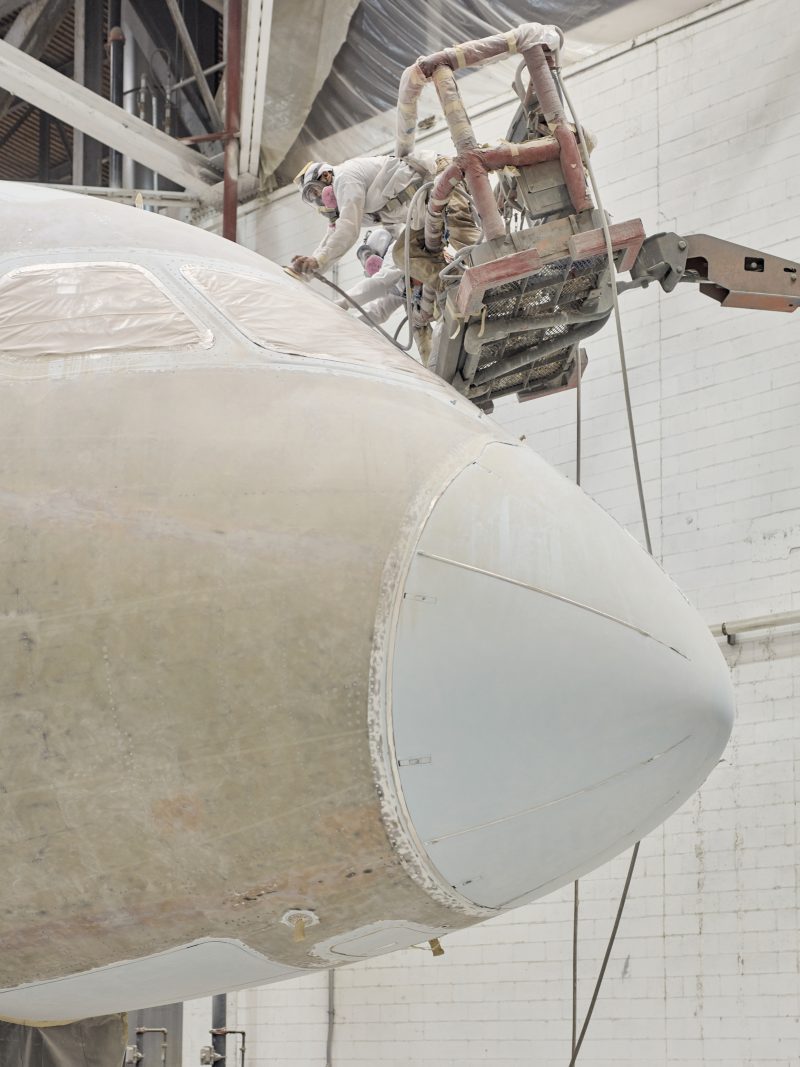
Can you tell us more about your series “Industry“? How was it to discover these places and the people working there?
This is a collection of photos from commissions dealing with industry or manufacturing and some of the people, places, towns and landscapes surrounding these things. The edit changes from time to time, I shuffle images around as I’m often commissioned for work along these themes.
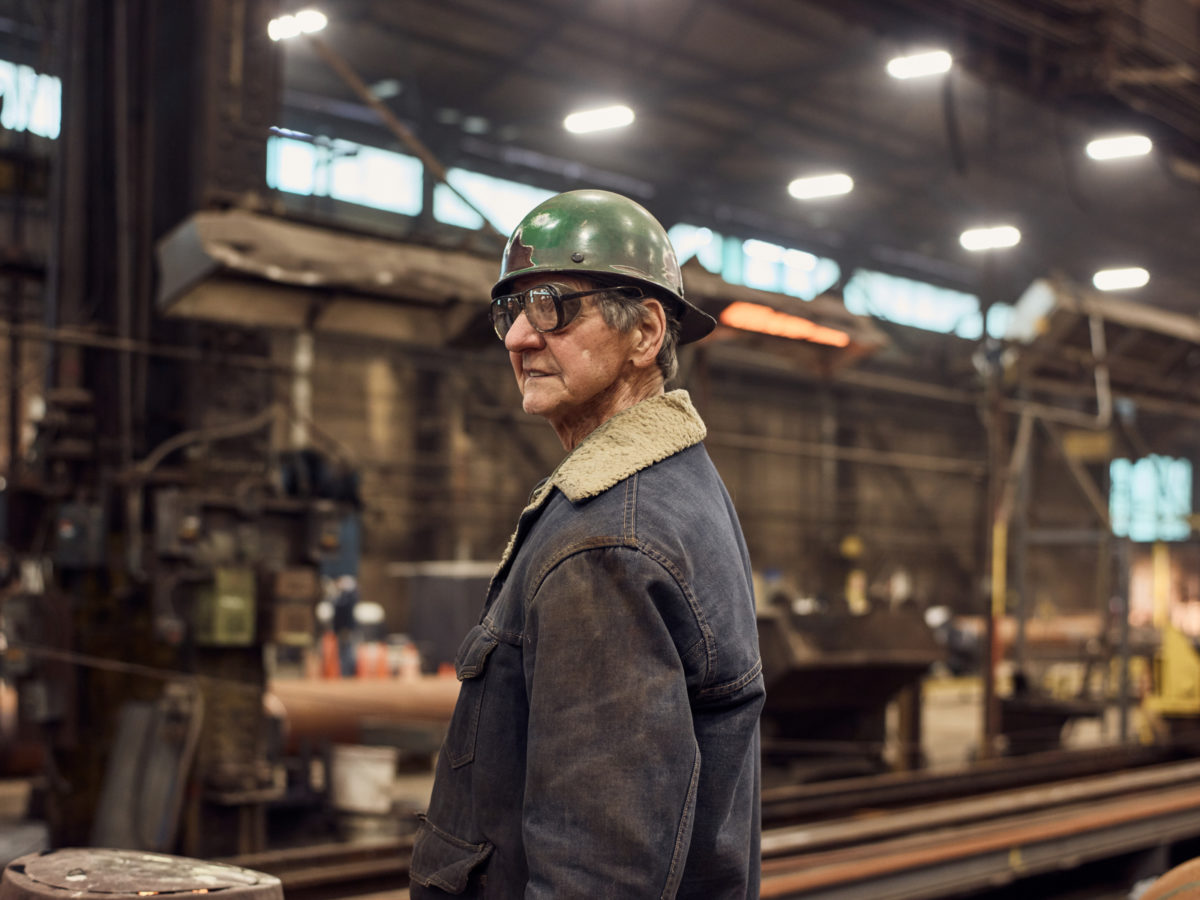
Where I live, in Pittsburgh, PA, is at the intersection of the Rust Belt and Appalachia. There’s a deep manufacturing history along with a rich labor and union history. From the moment westerners began moving in to colonize the region and force out the indigenoues people’s living here, the area has had a problematic relationship between classes and races.These histories have shaped the landscape and region so dramatically that I can’t ignore them when working. When editing different shoots into this set, I try to keep it all in mind so the sequence can be read along lines that are aware of the region’s history while leaning pro-worker and anti-extractive industry.
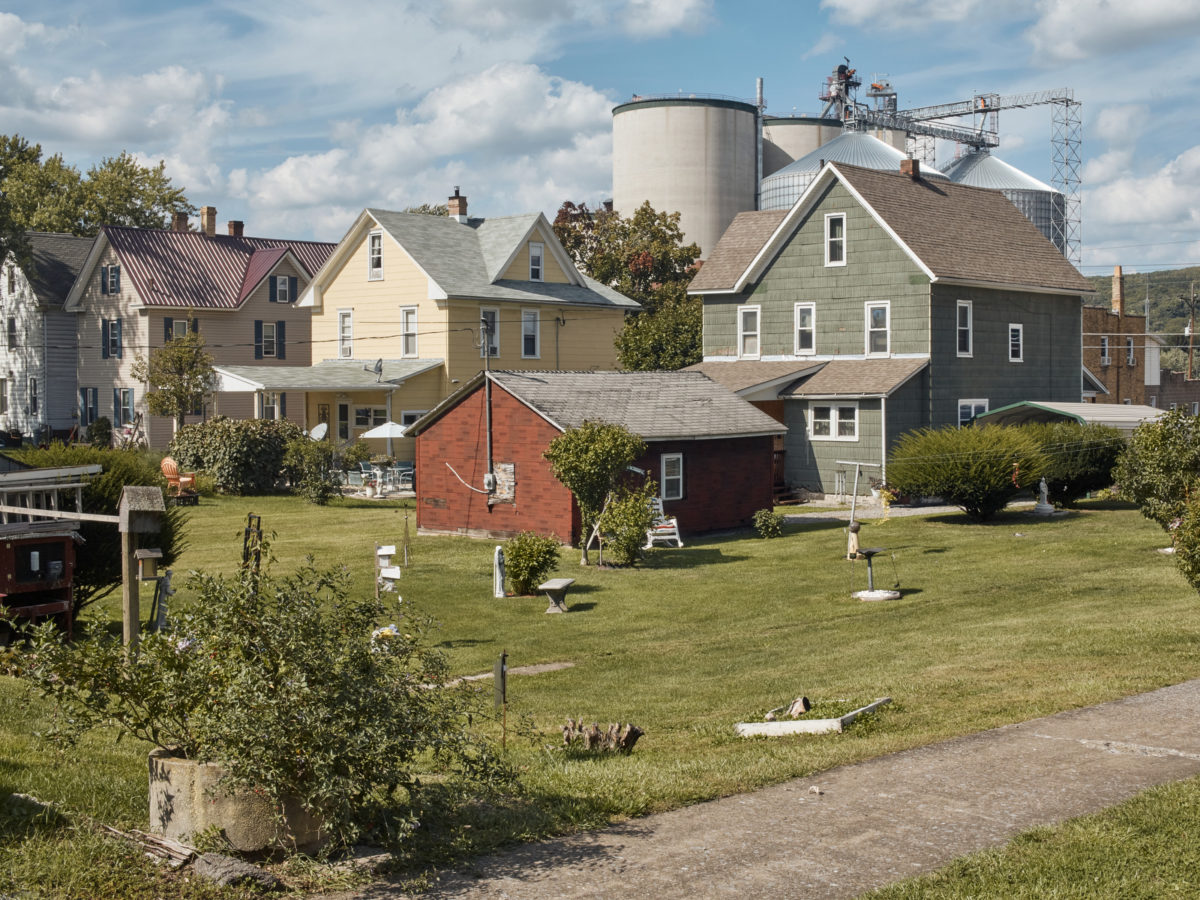
What’s next for you?
I’m teaching an extra class at the moment as I wait out the pandemic and make plans to jump into new projects once it’s easier to be around people again. I have a book titled Misplaced Fortunes coming out this spring/summer with the imprint I run (Sleeper Studio) with Ben Alper and Peter Hoffman. I’m in the middle of working on a new website too.
What are you going to do just after having answered to this final question?
My friend Leo Hsu and I are getting together for a sandwich after it stops raining.
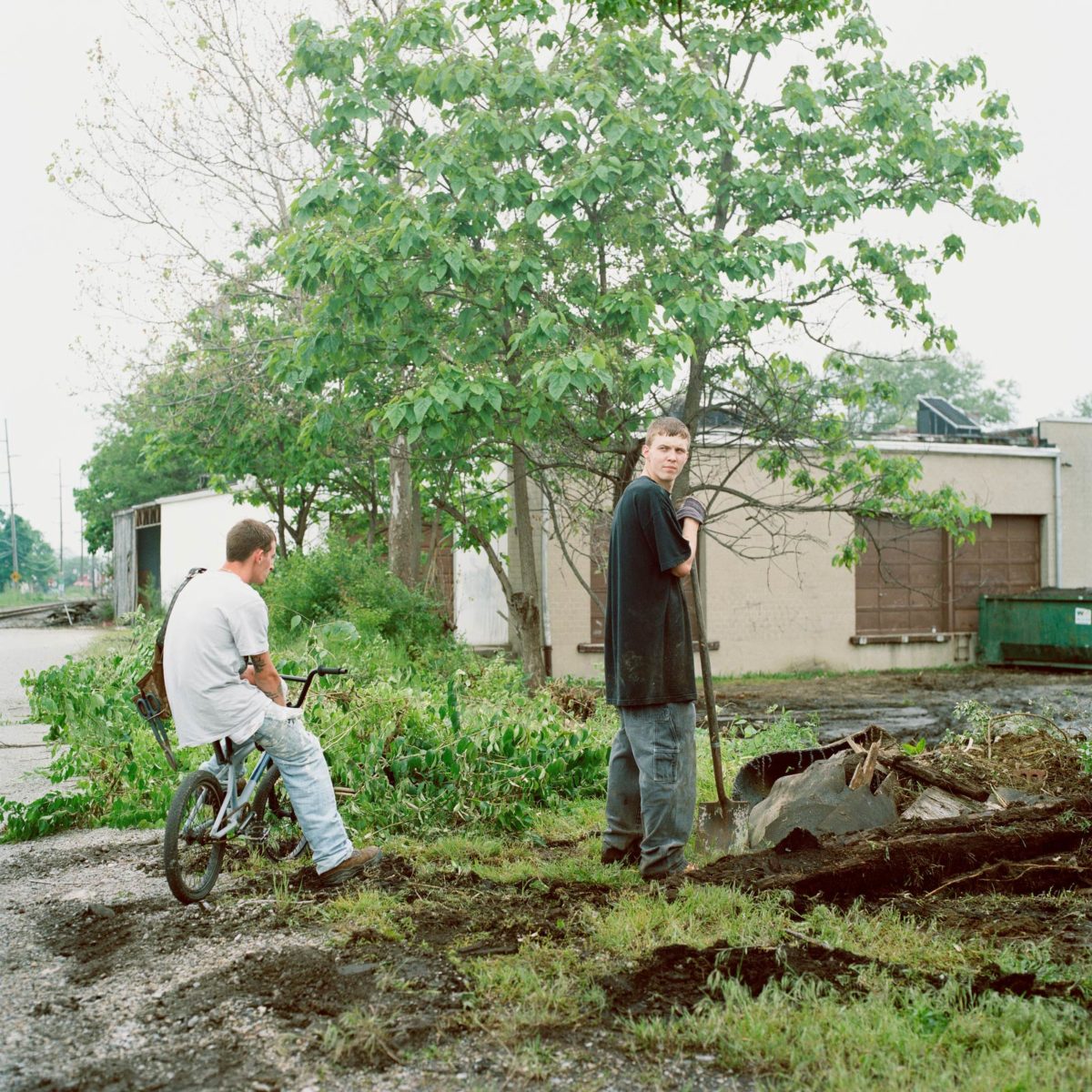
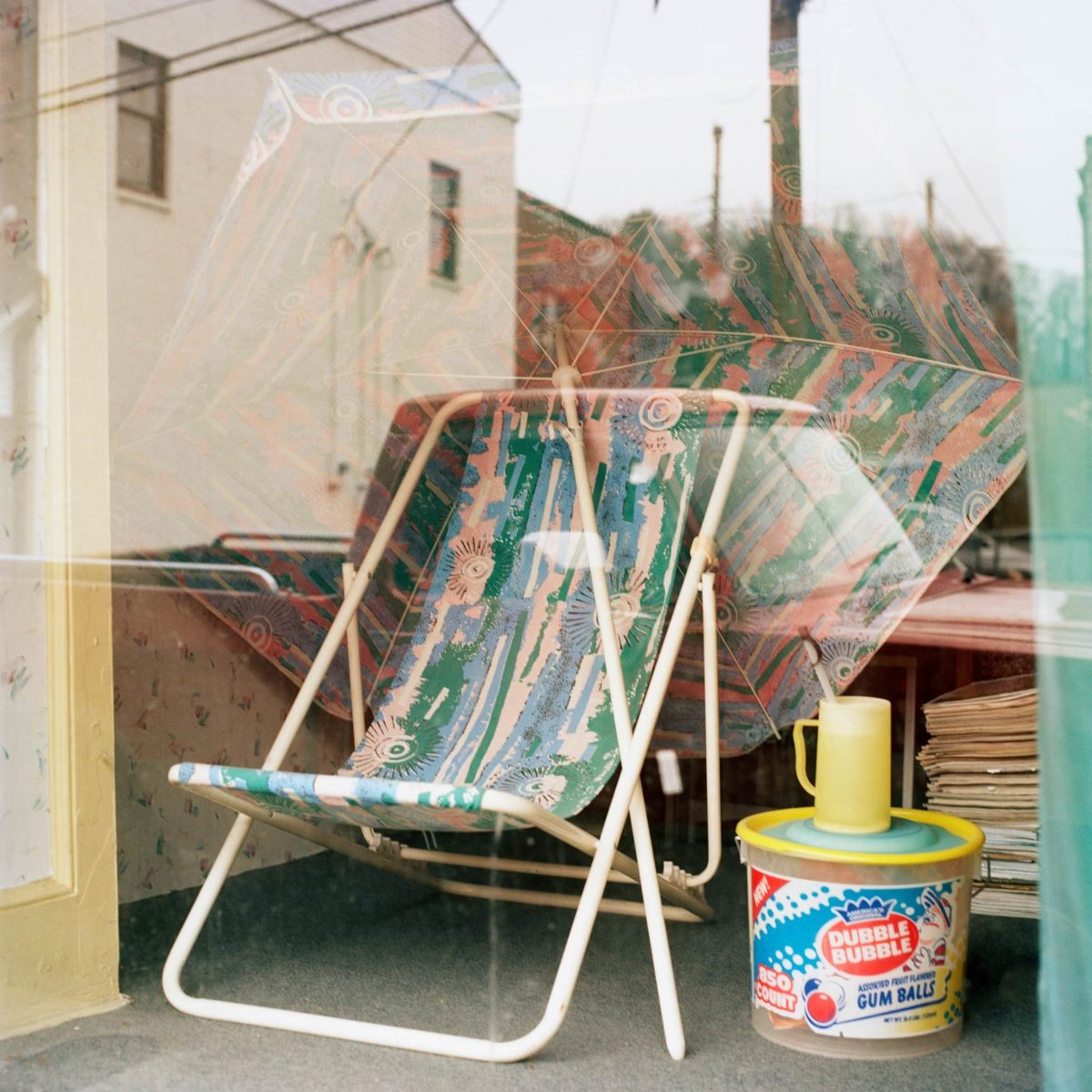
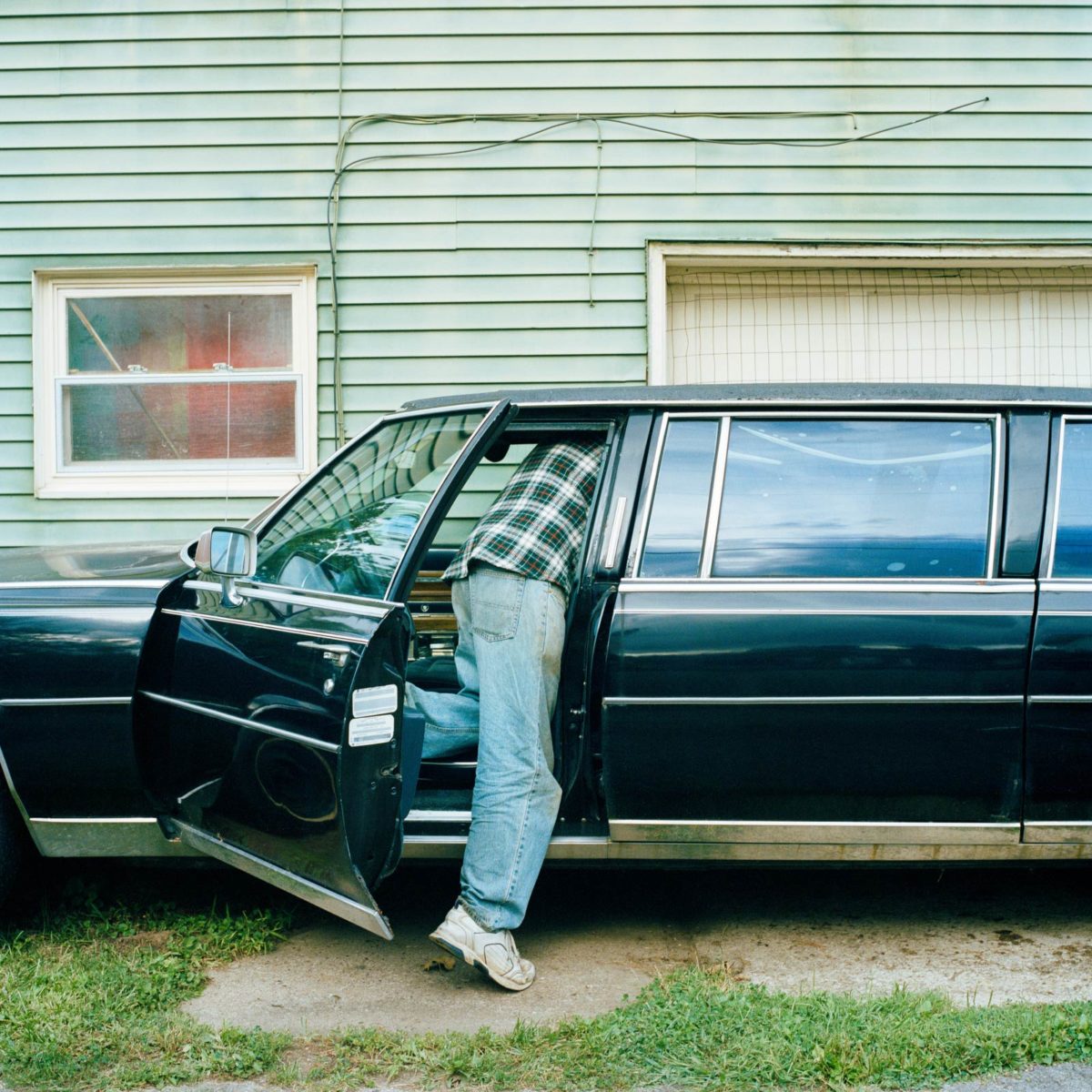
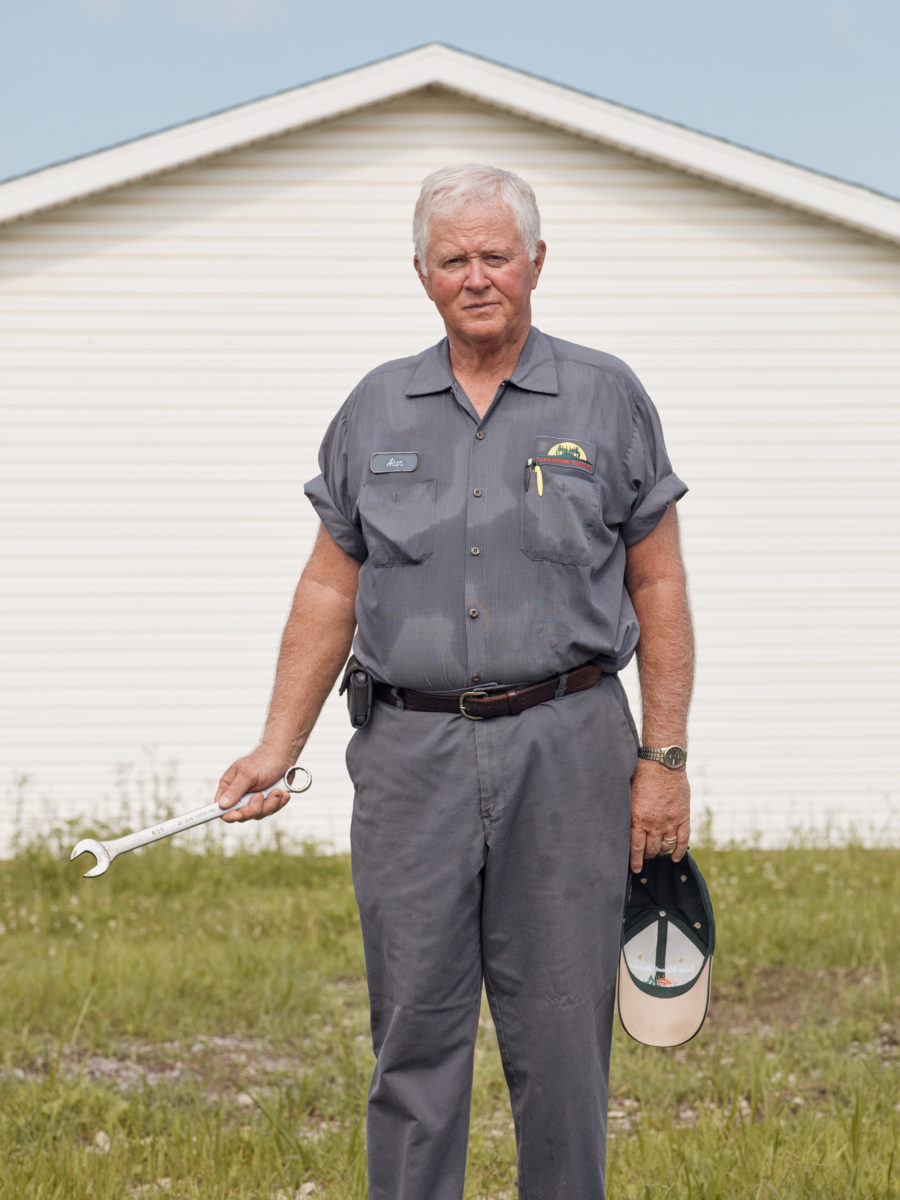
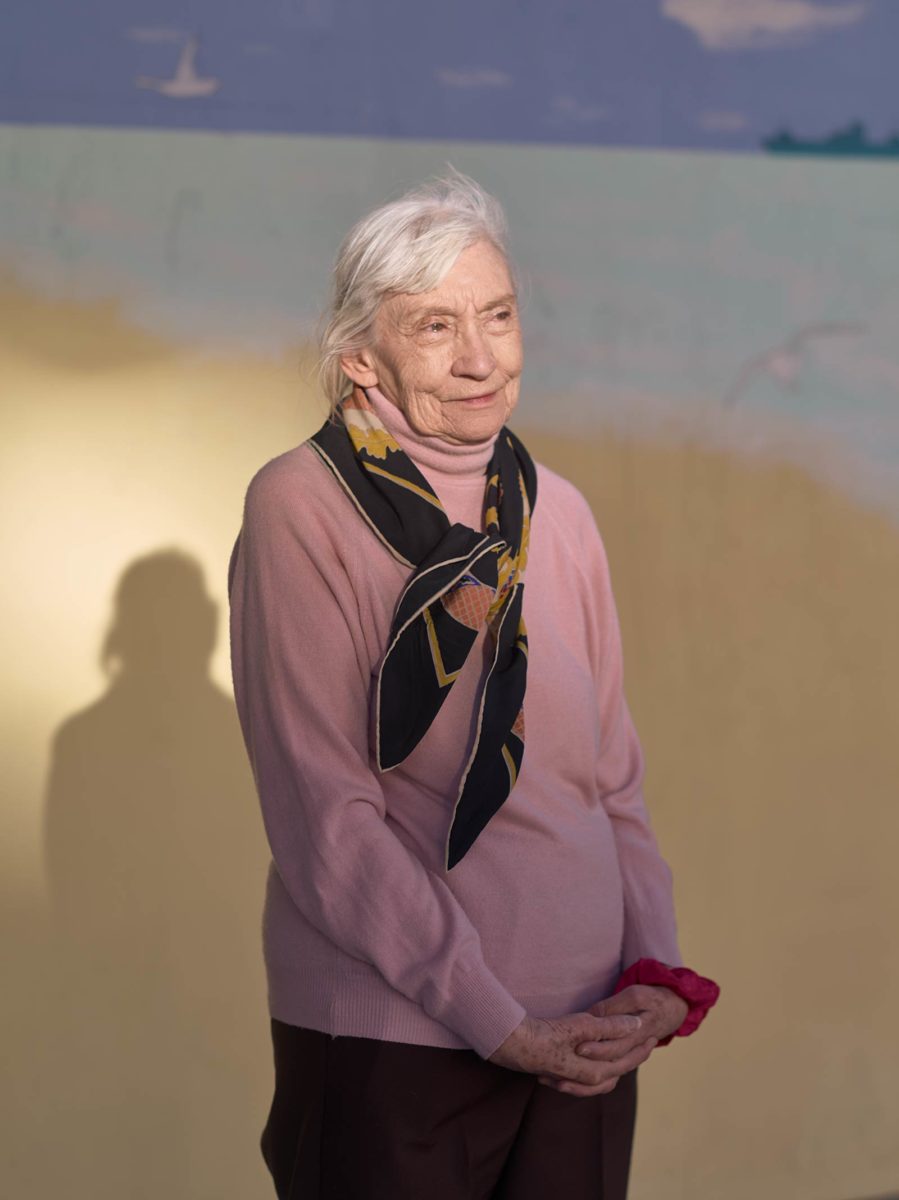
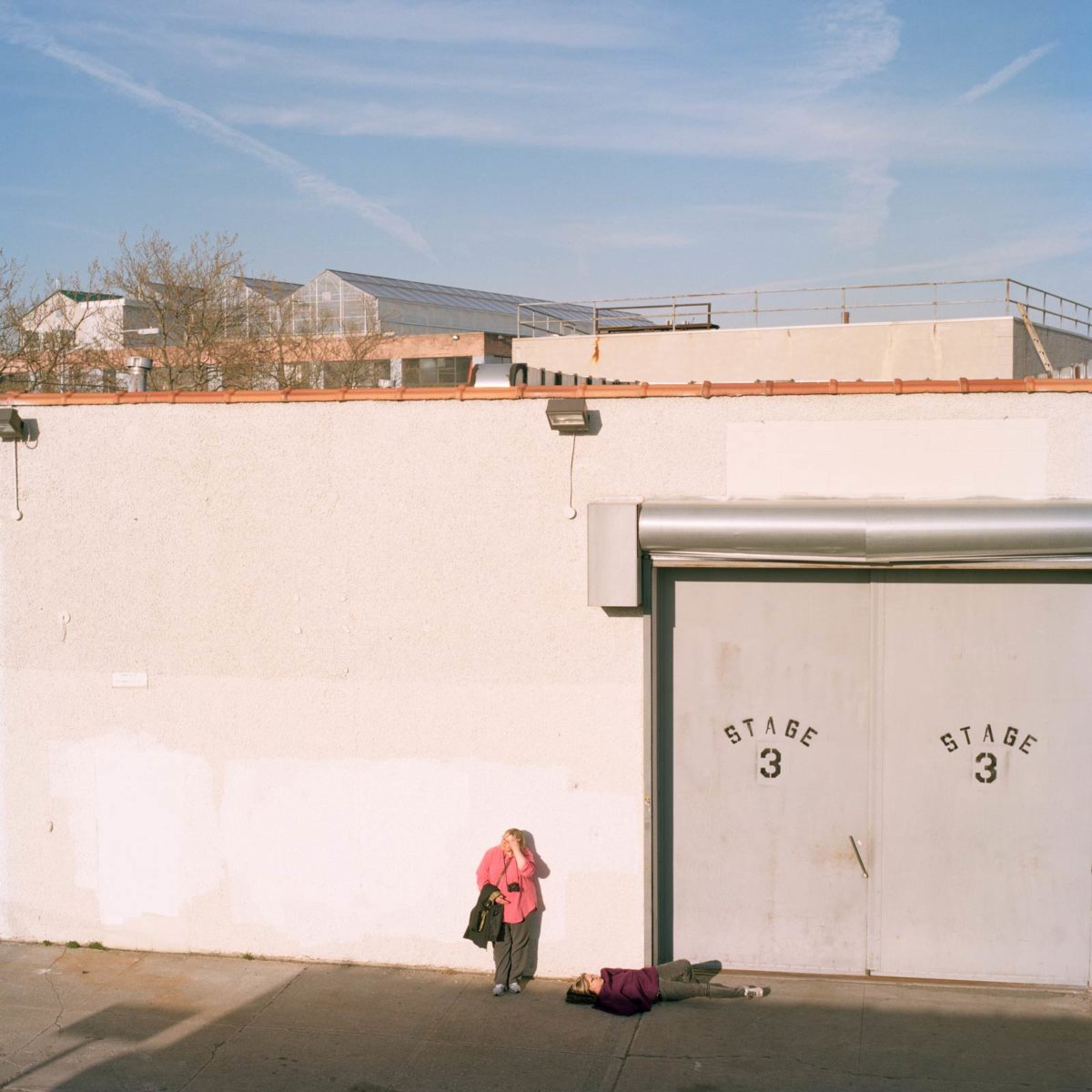
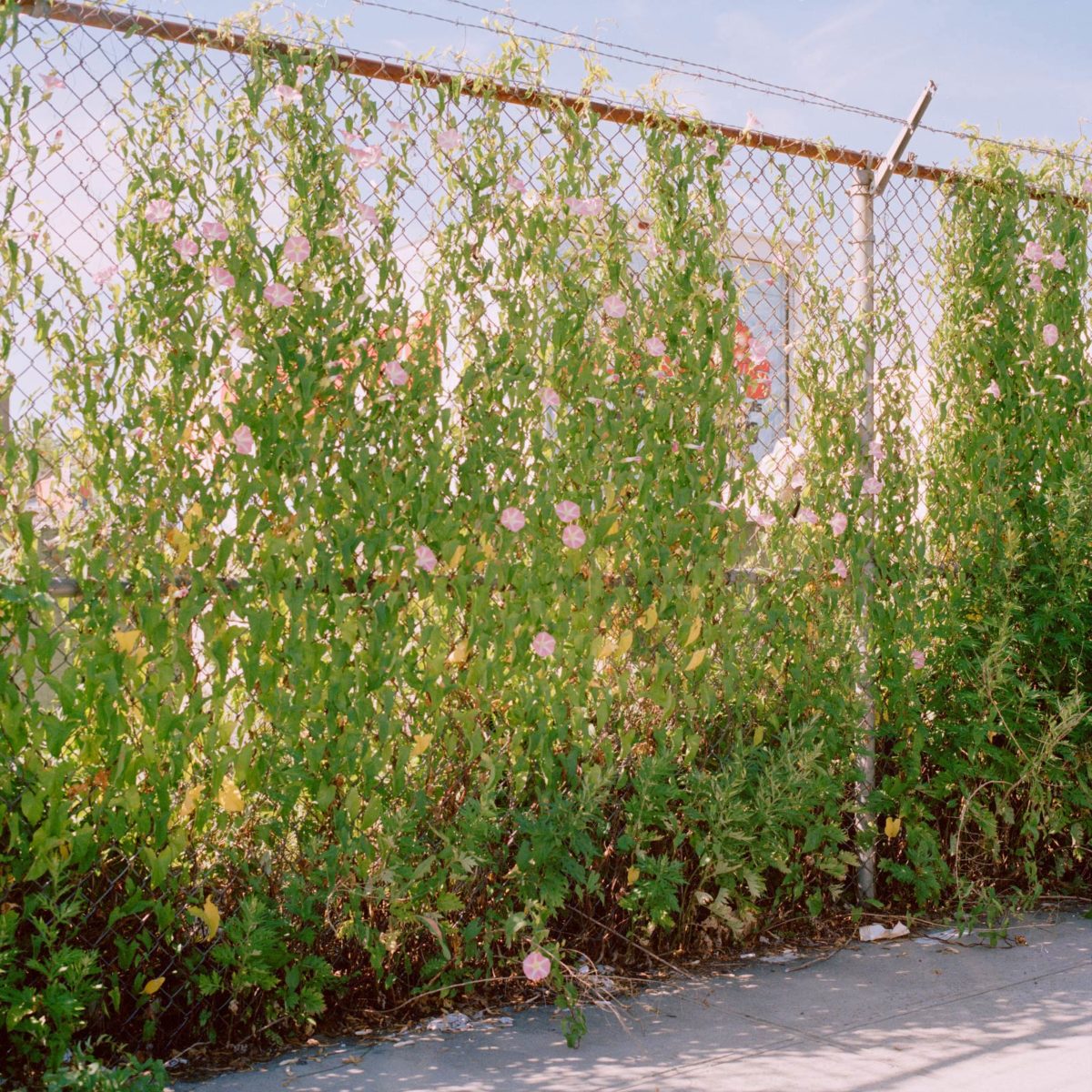
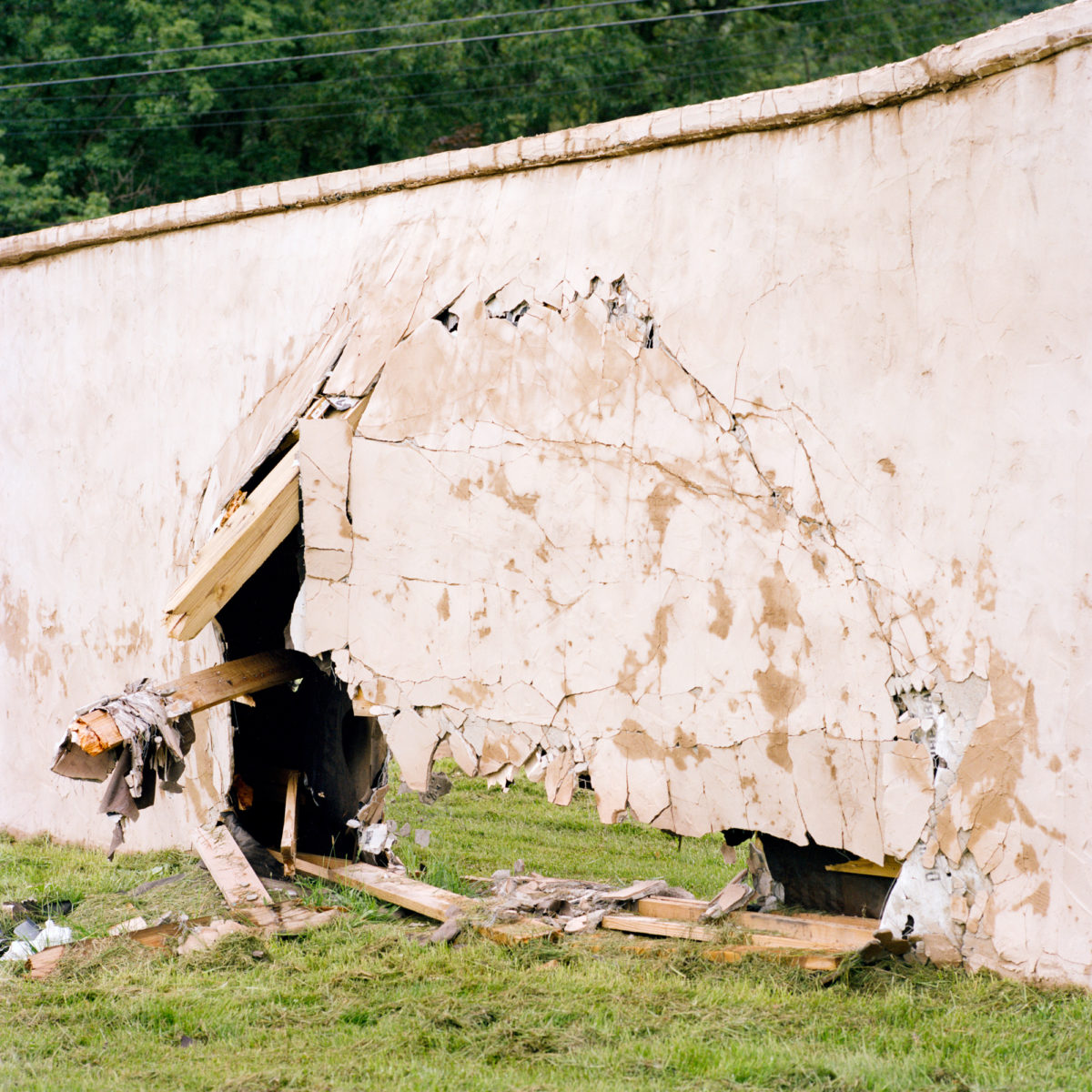
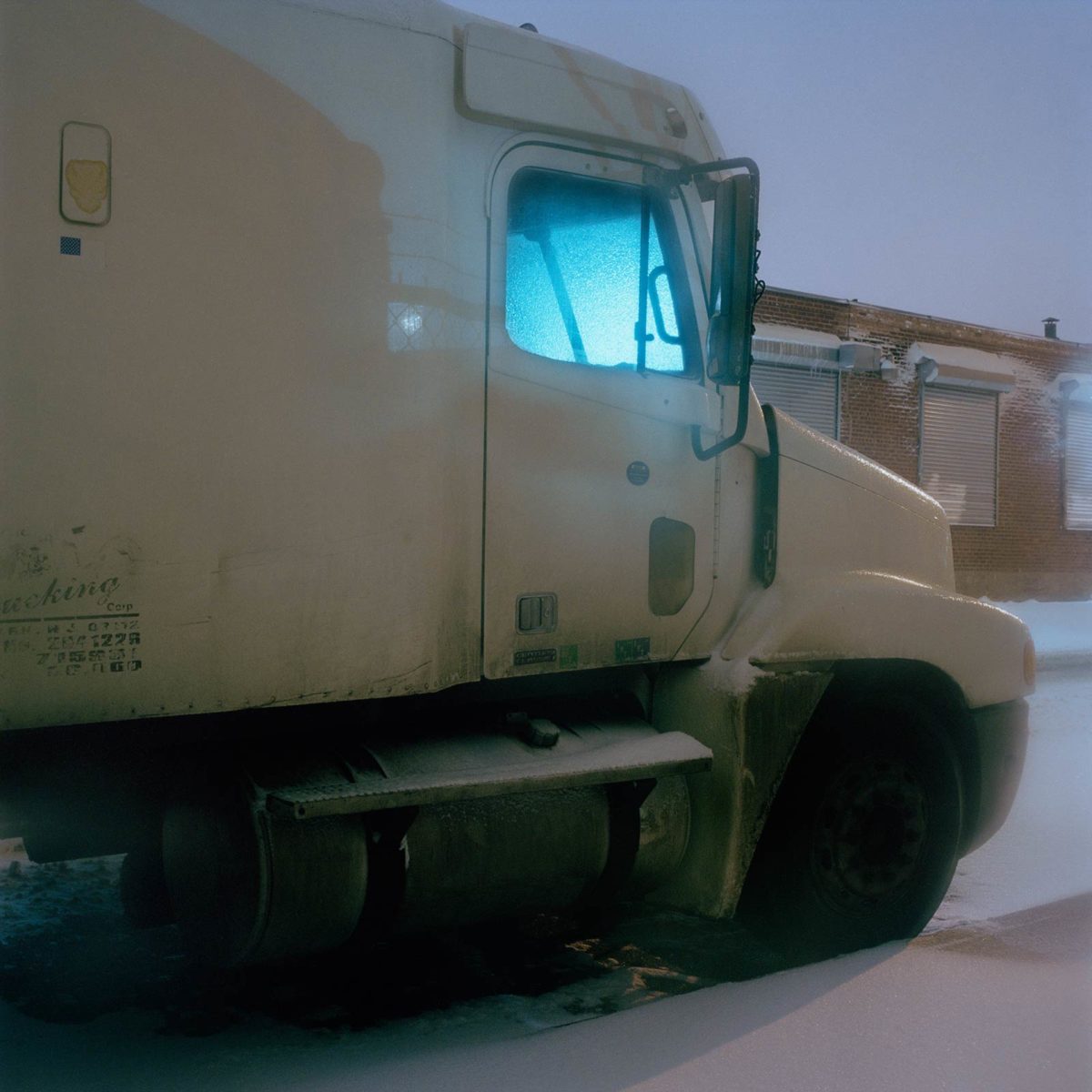
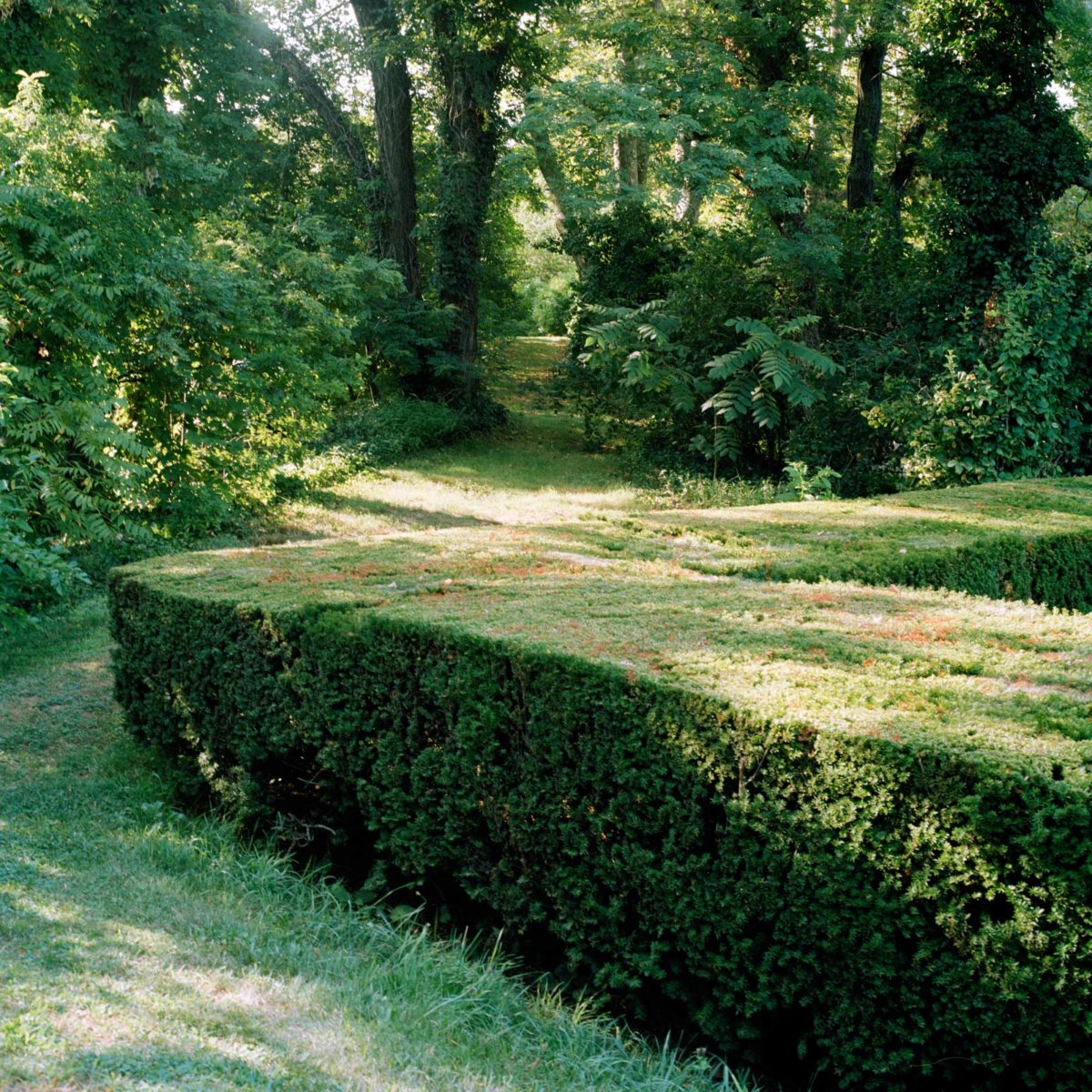
Ross Mantle is an American photographer, you can find his work on his webiste or instagram account.
